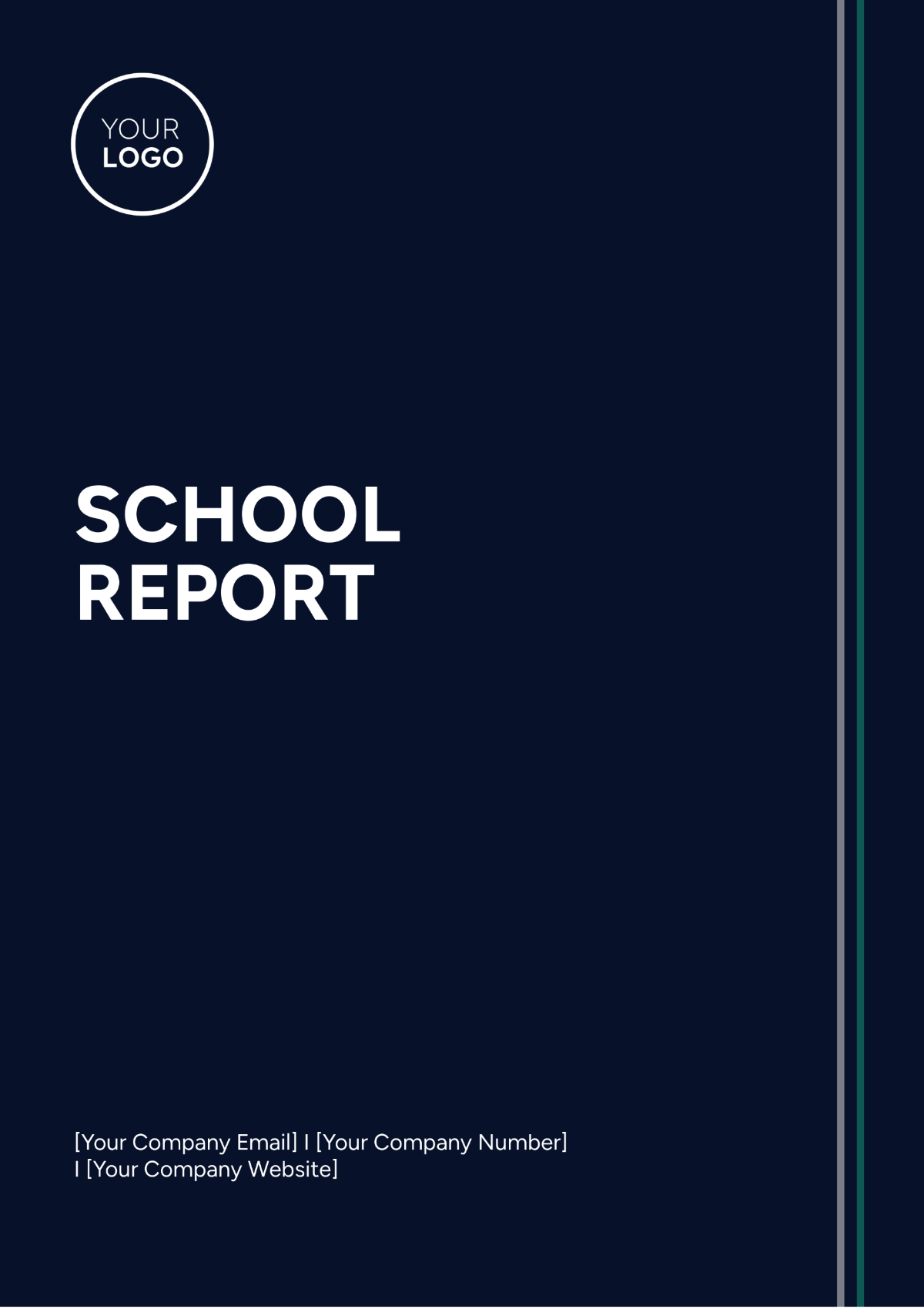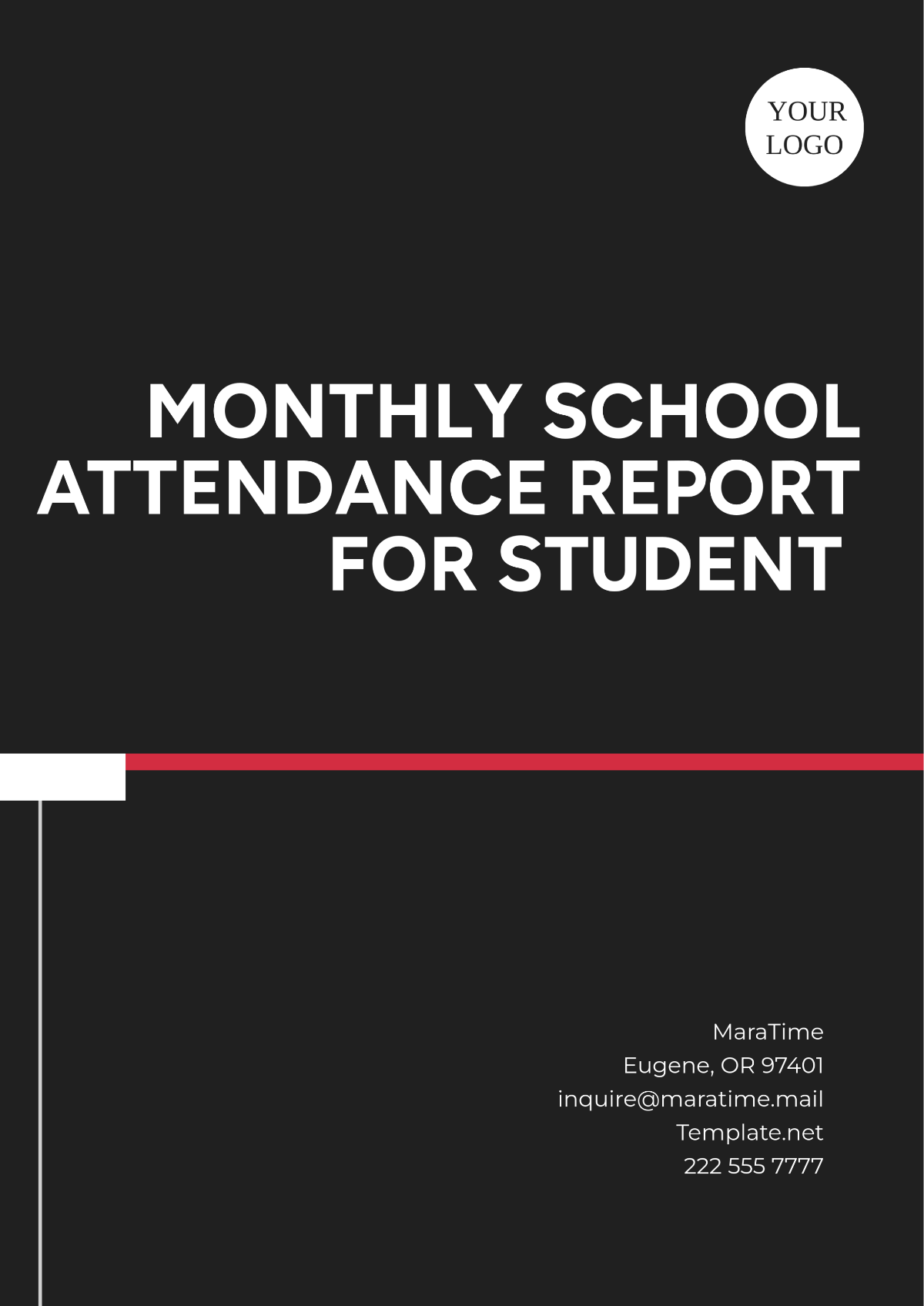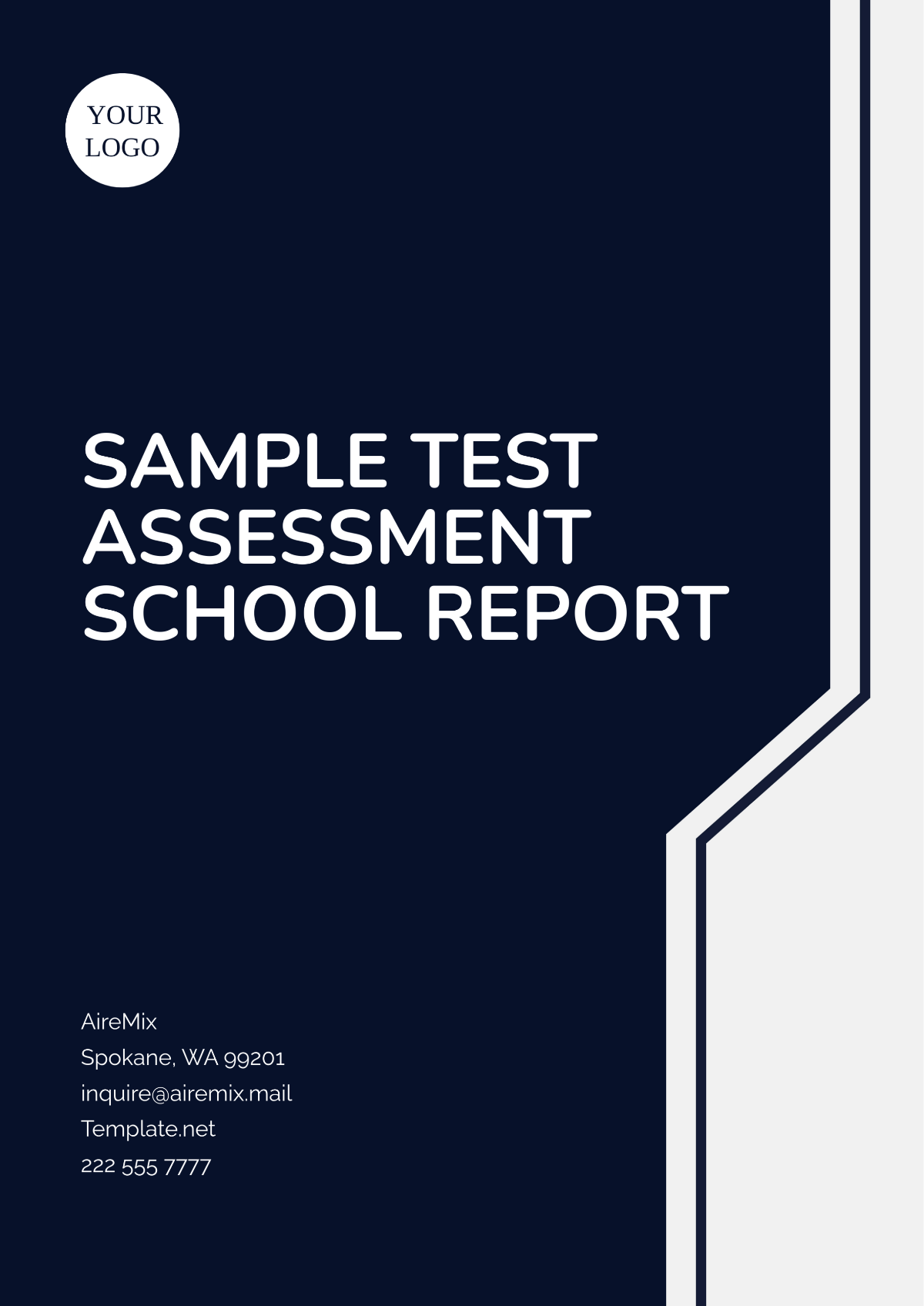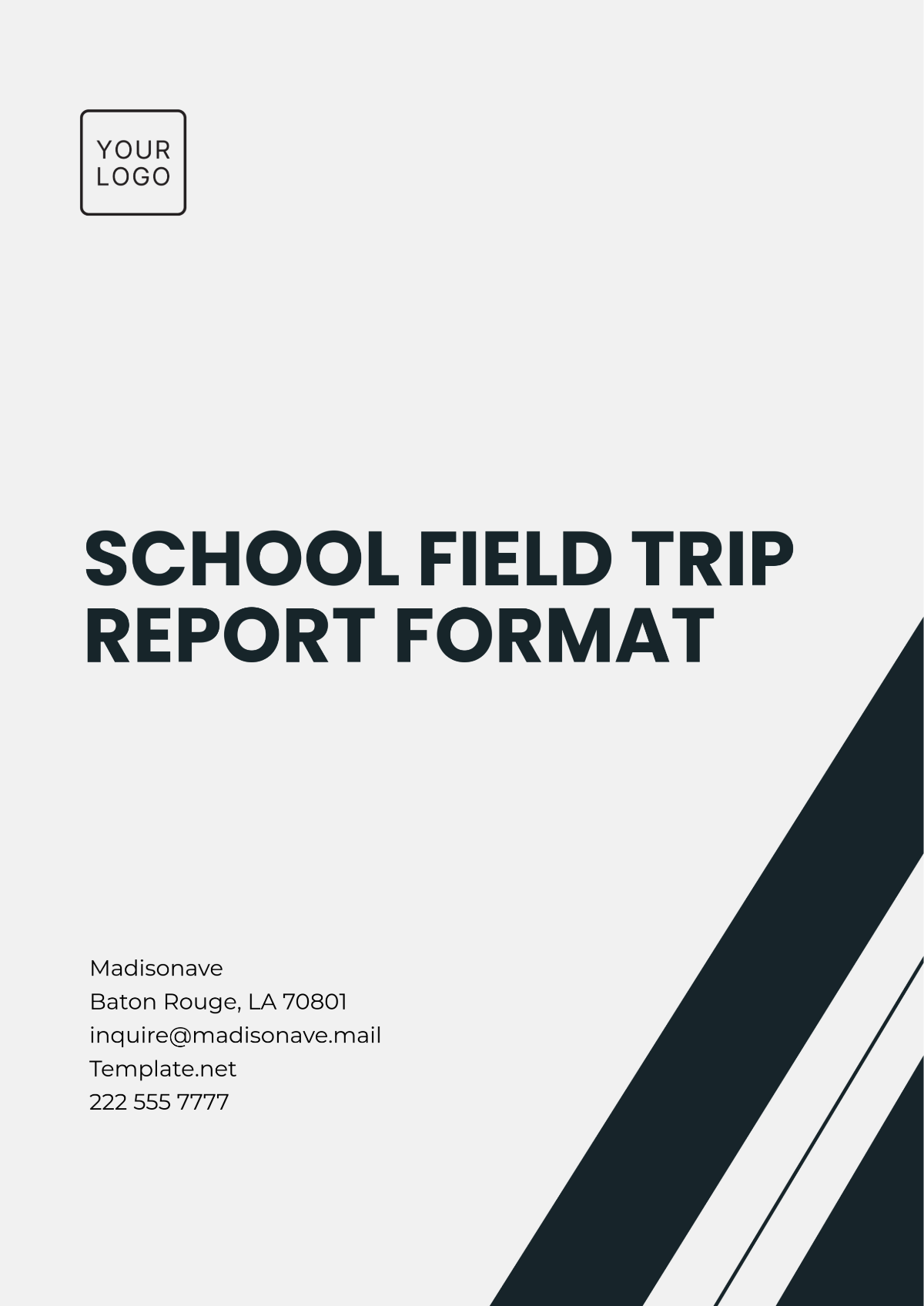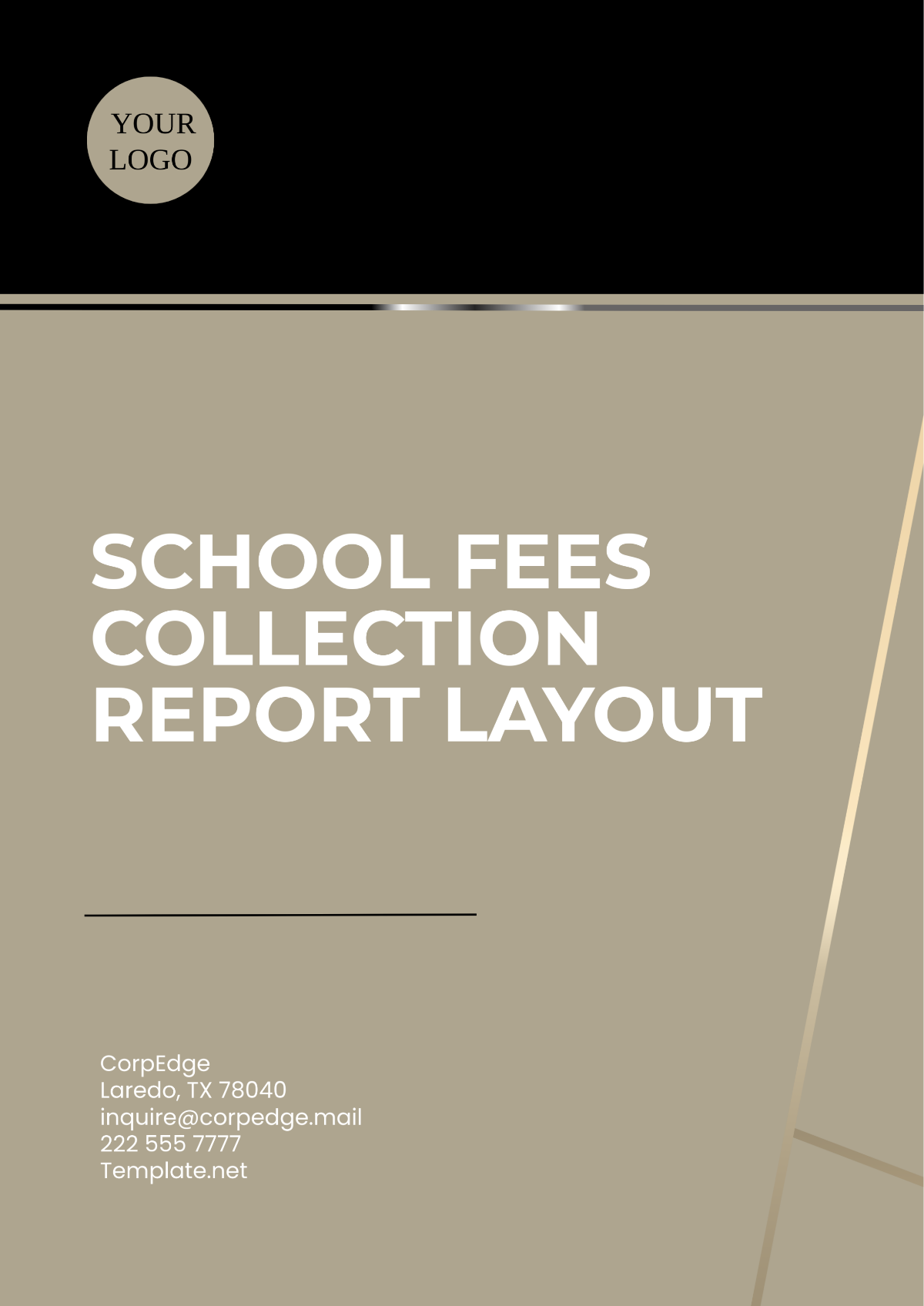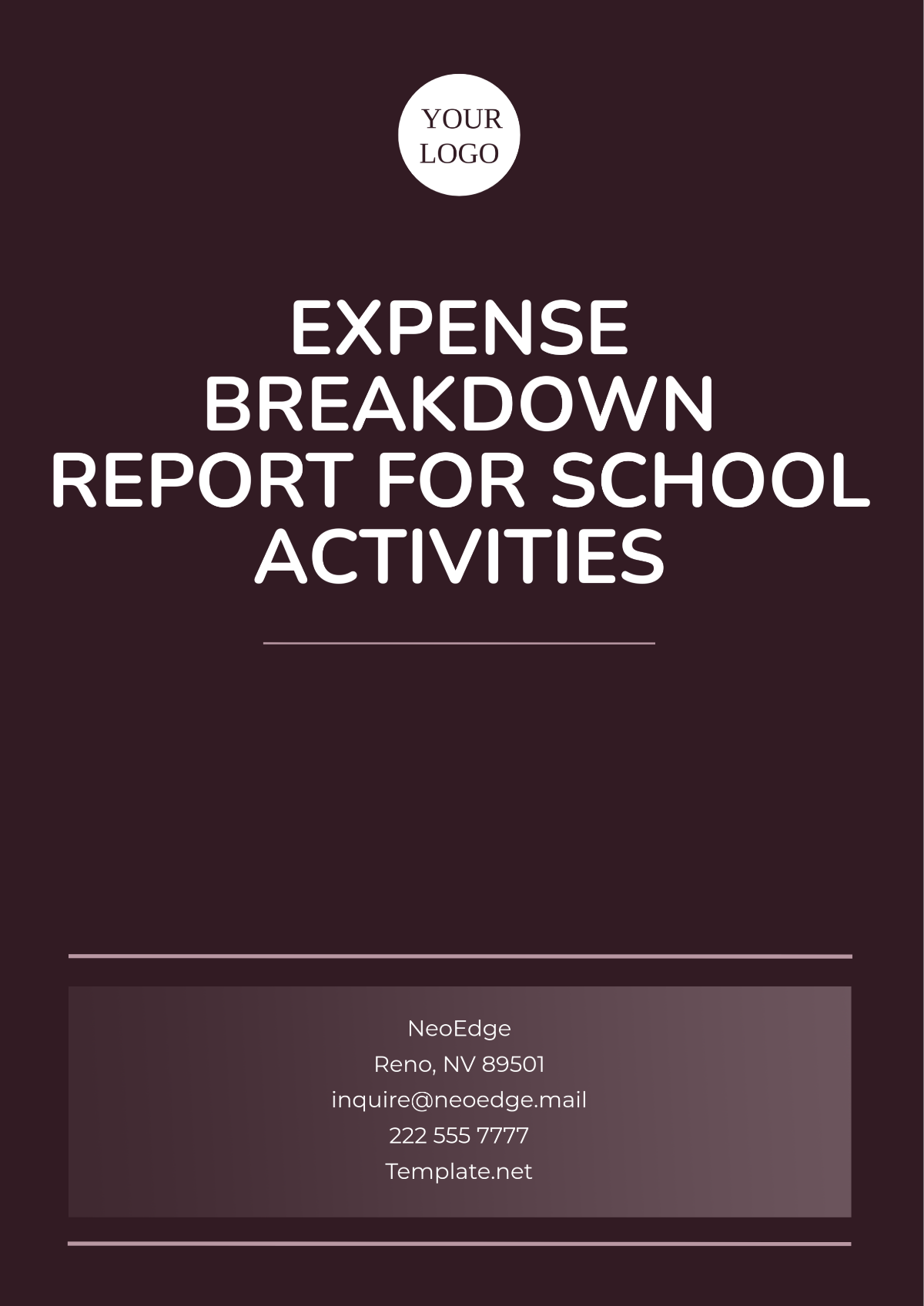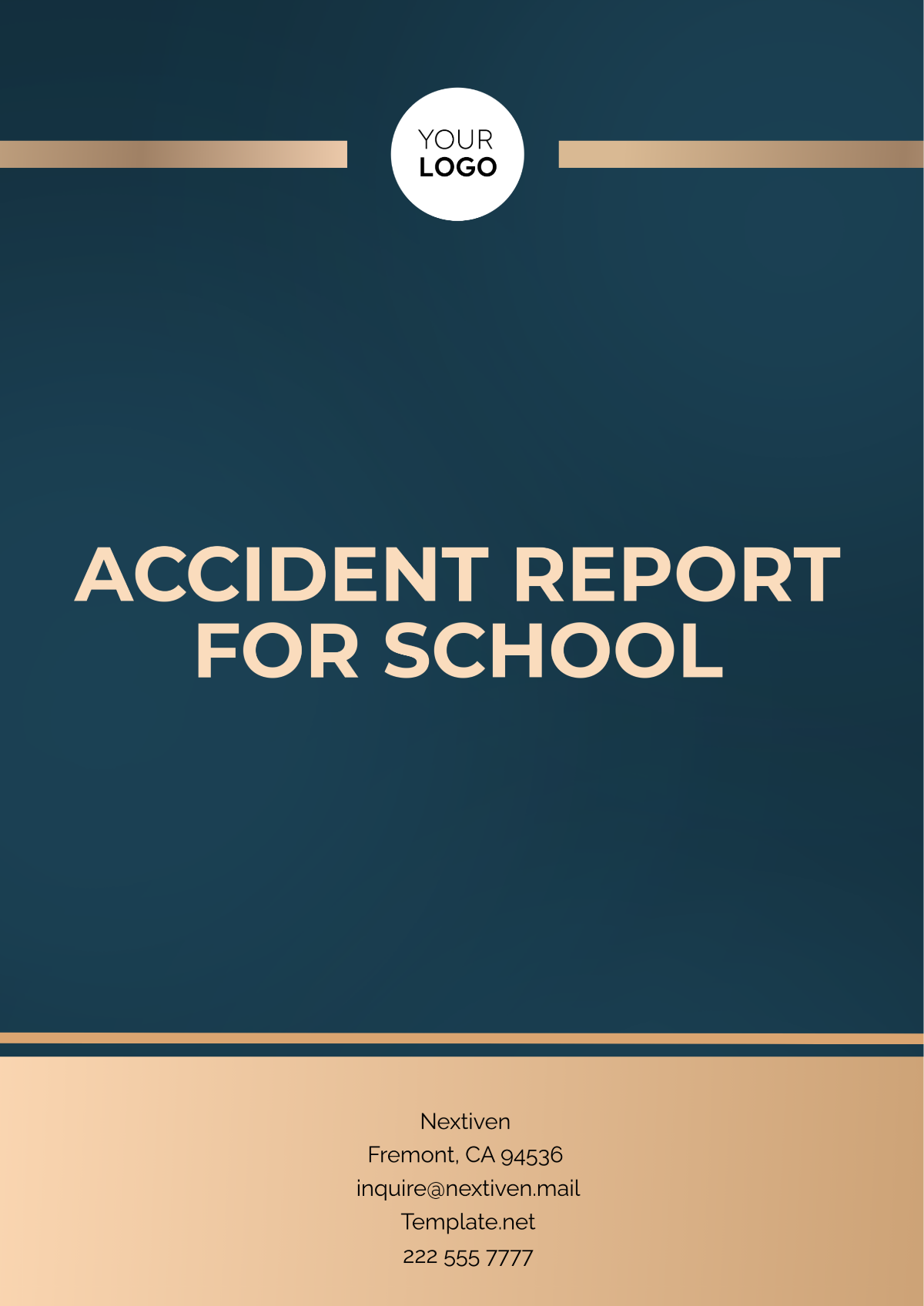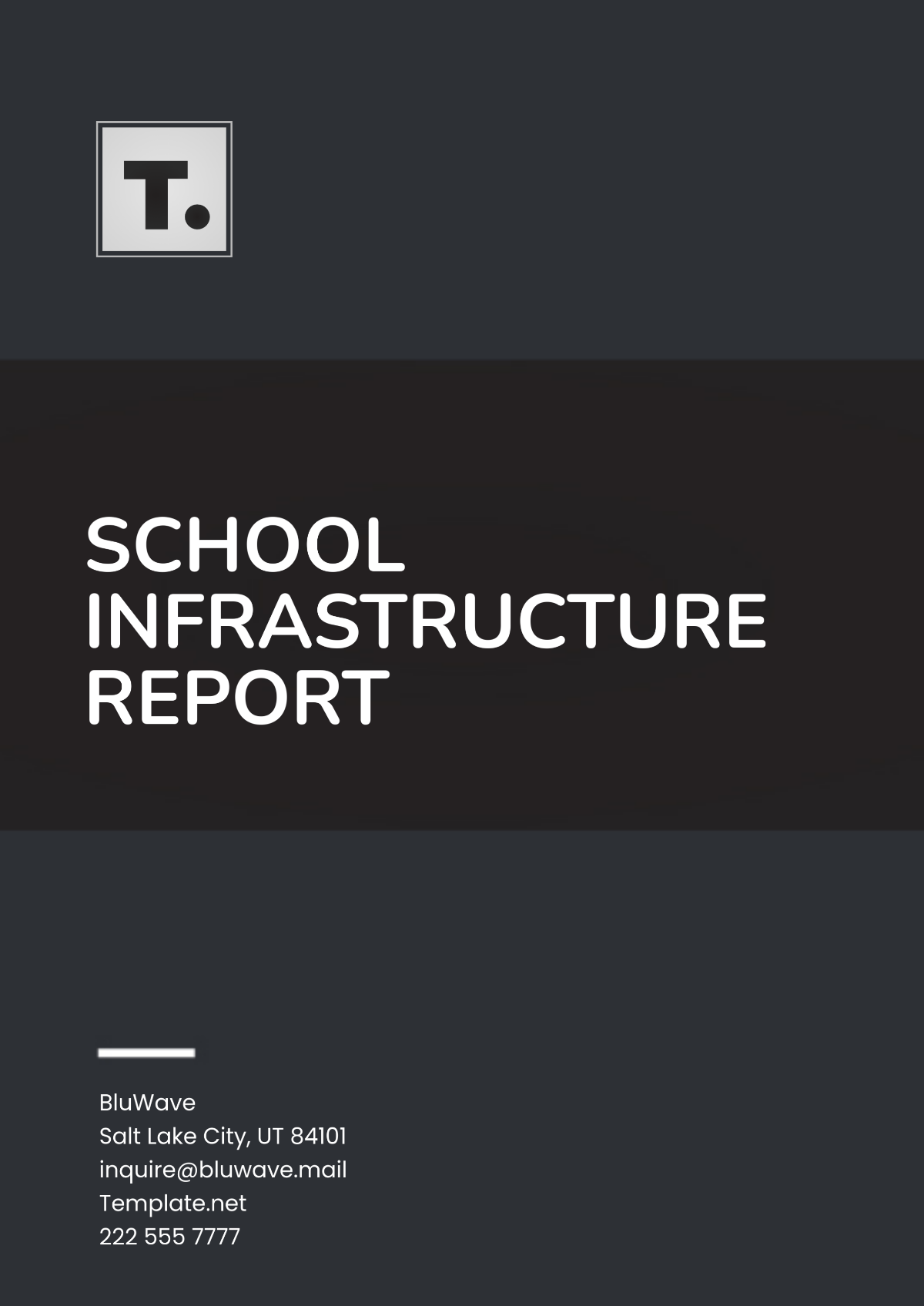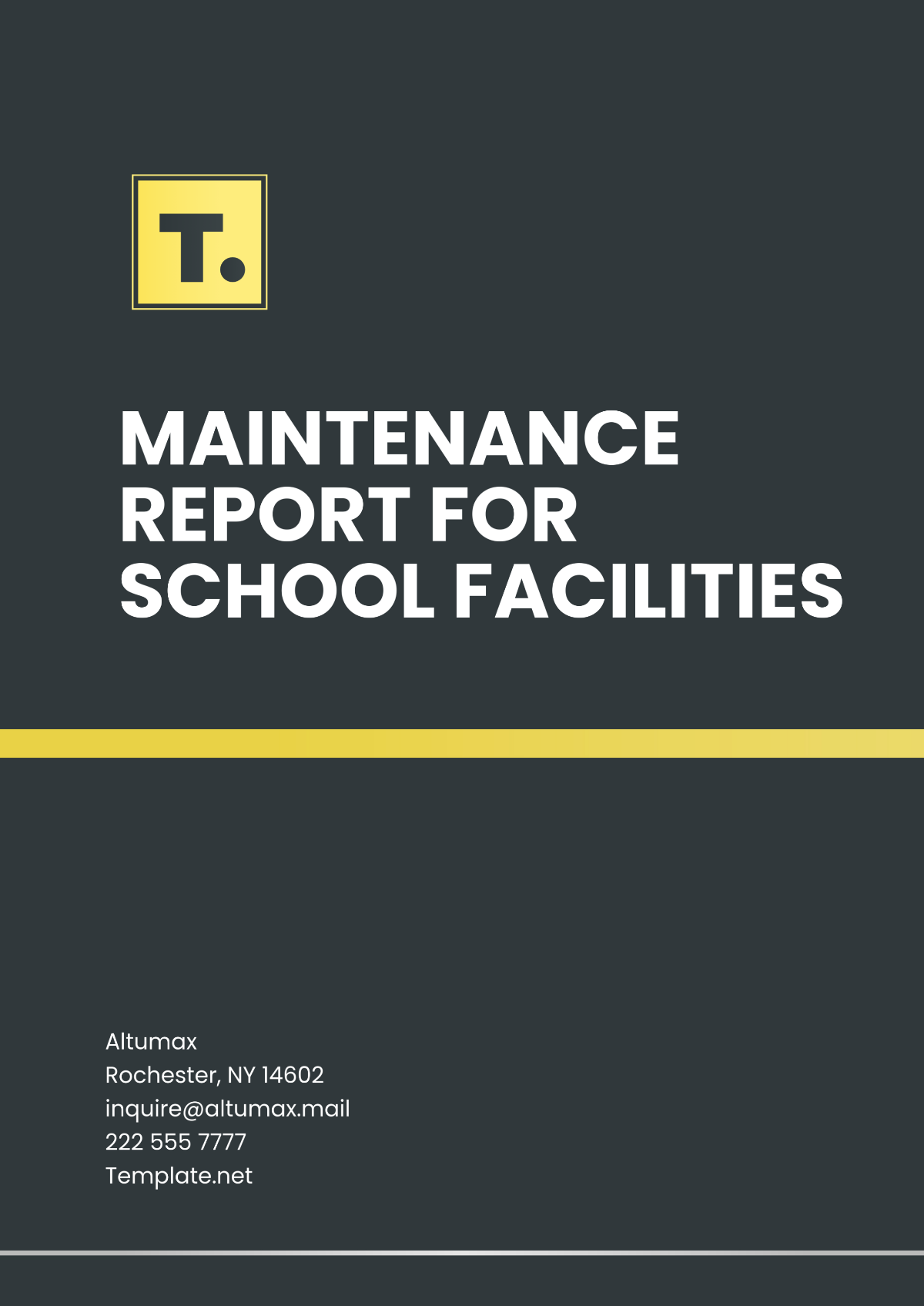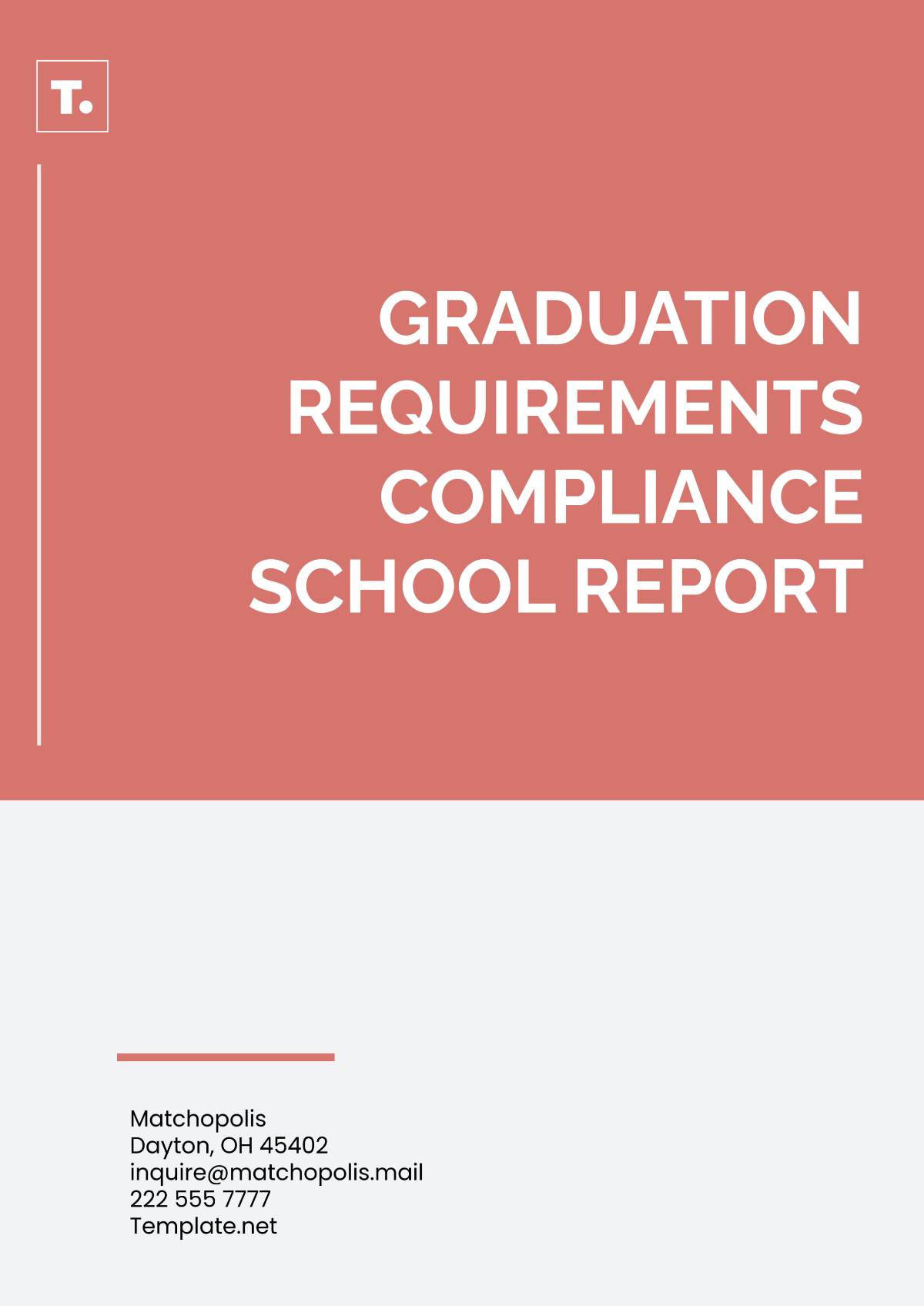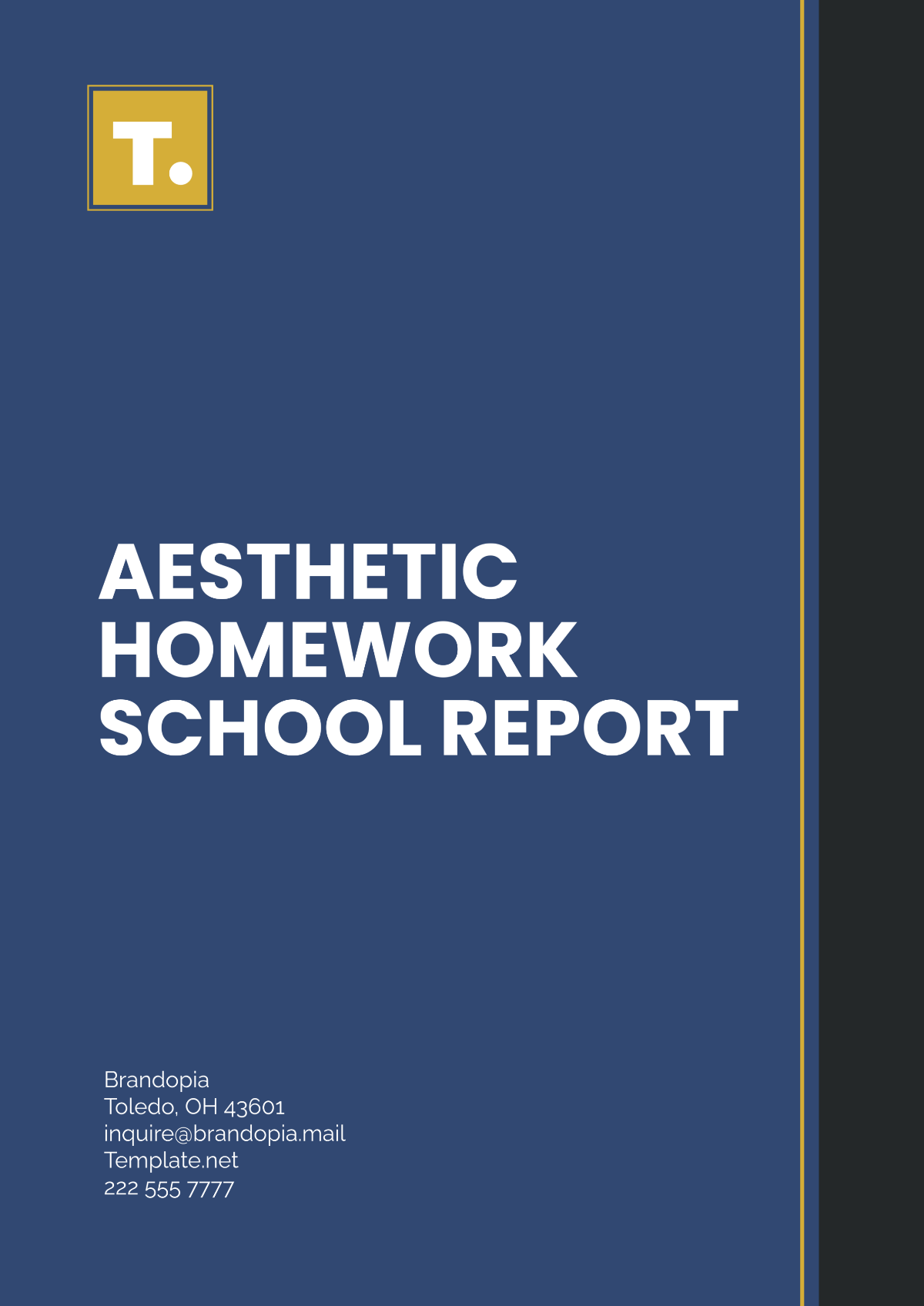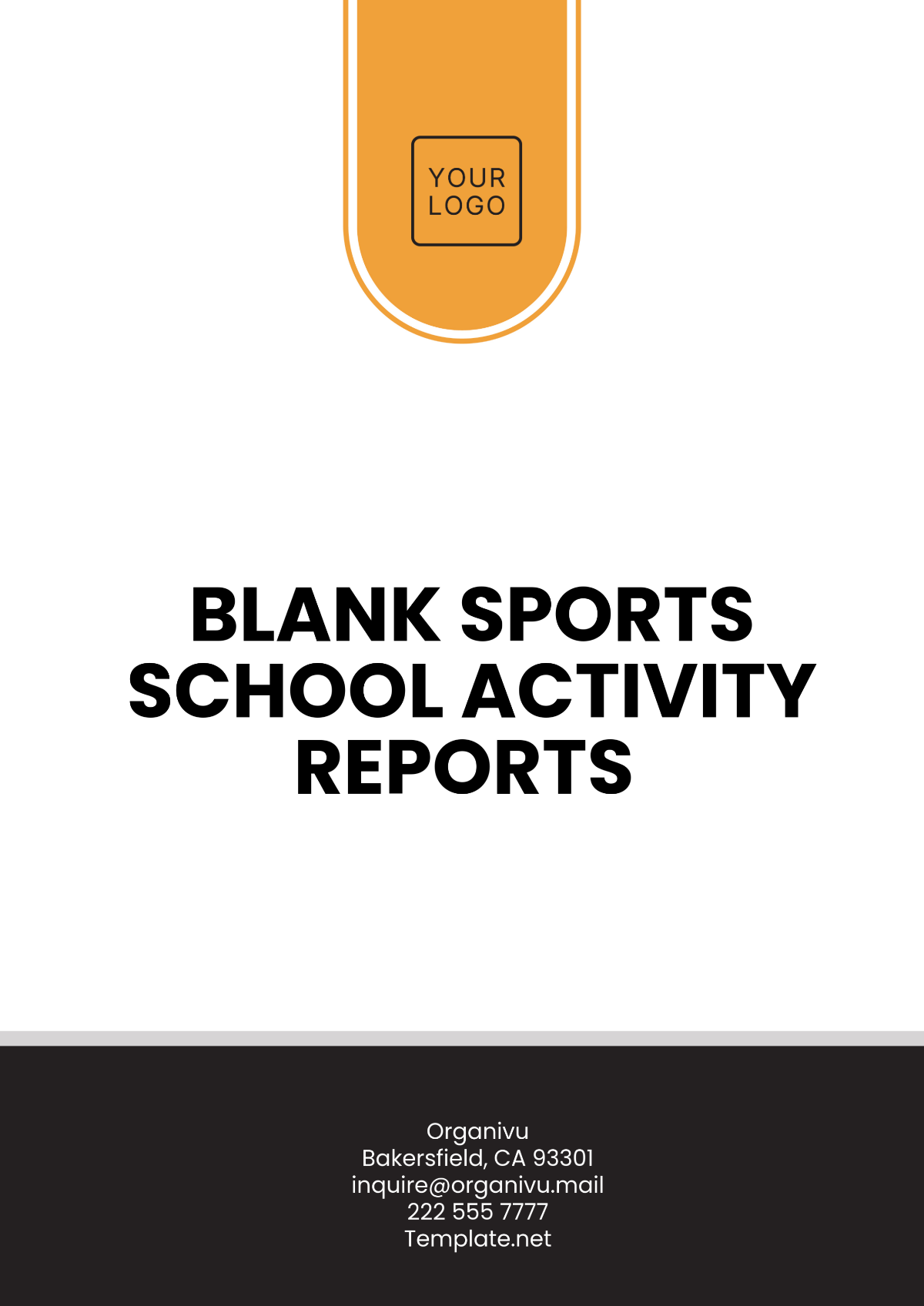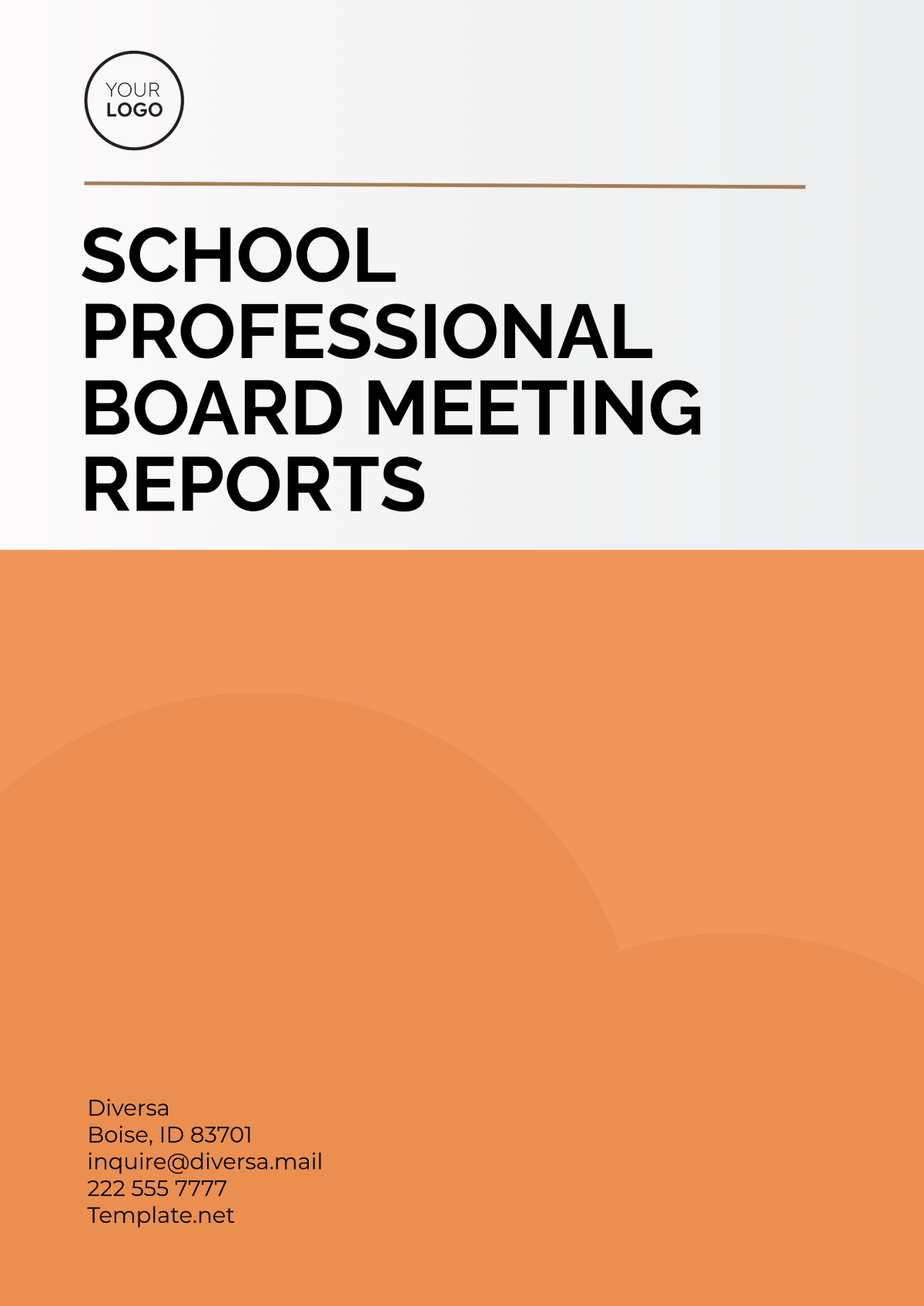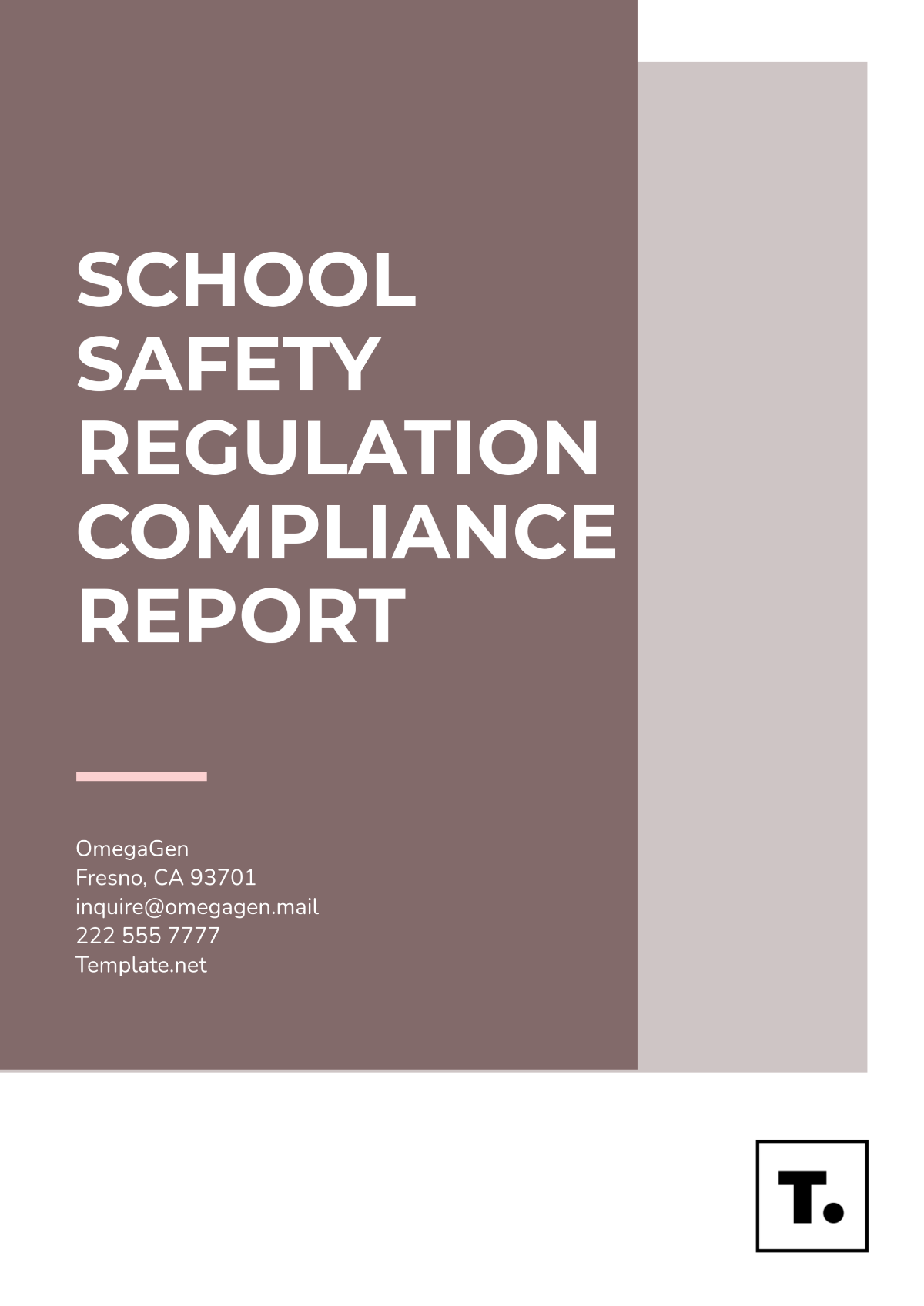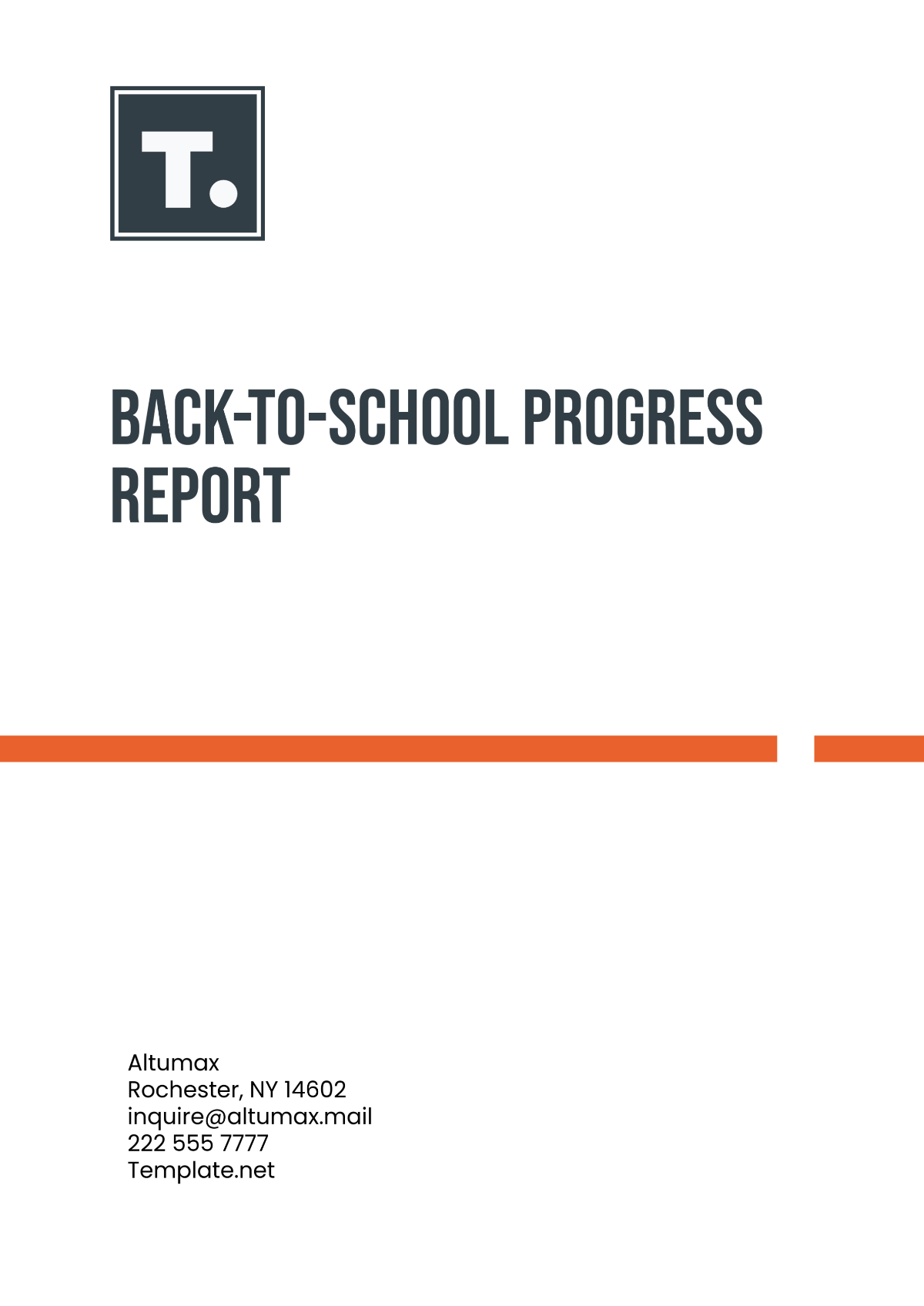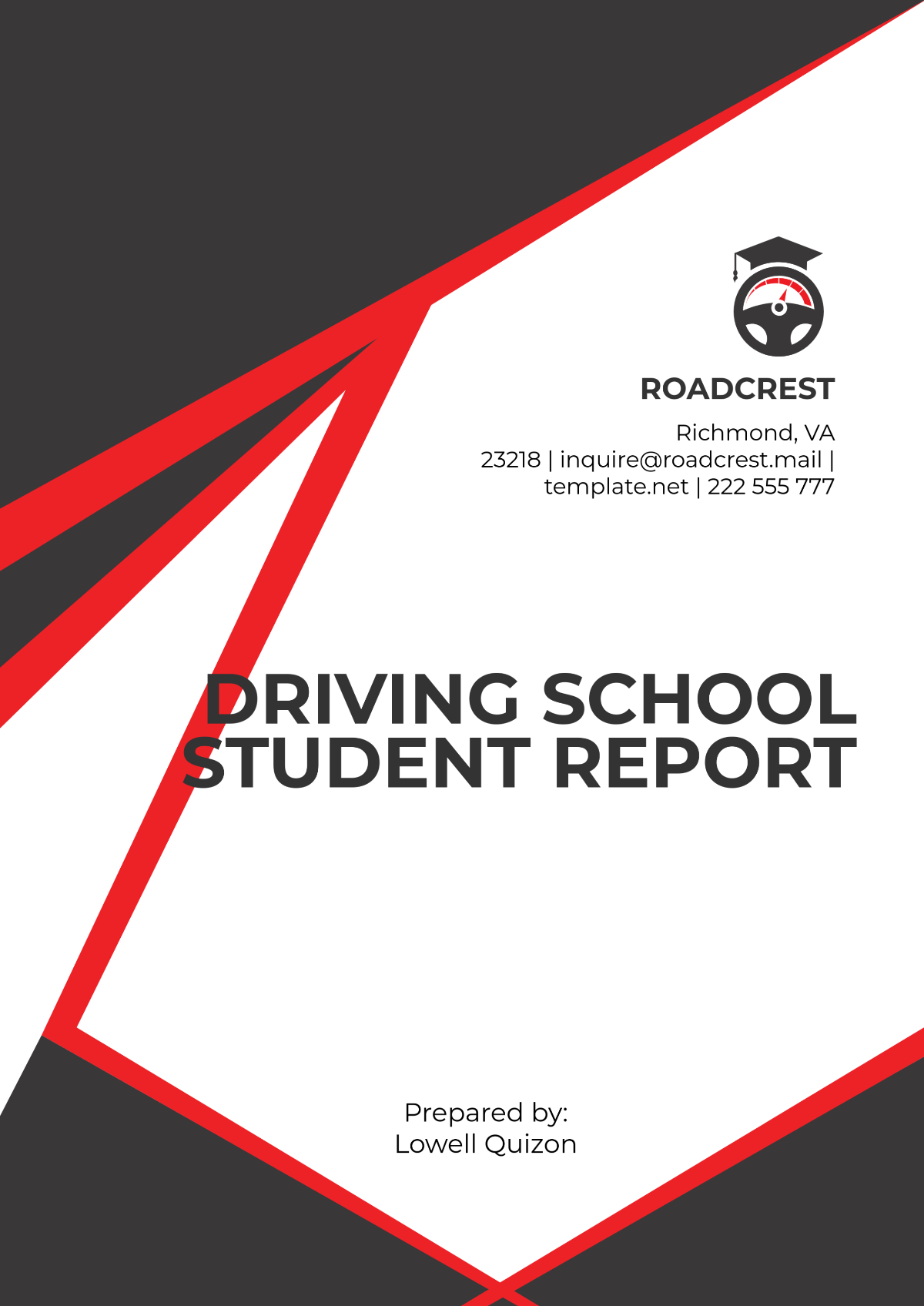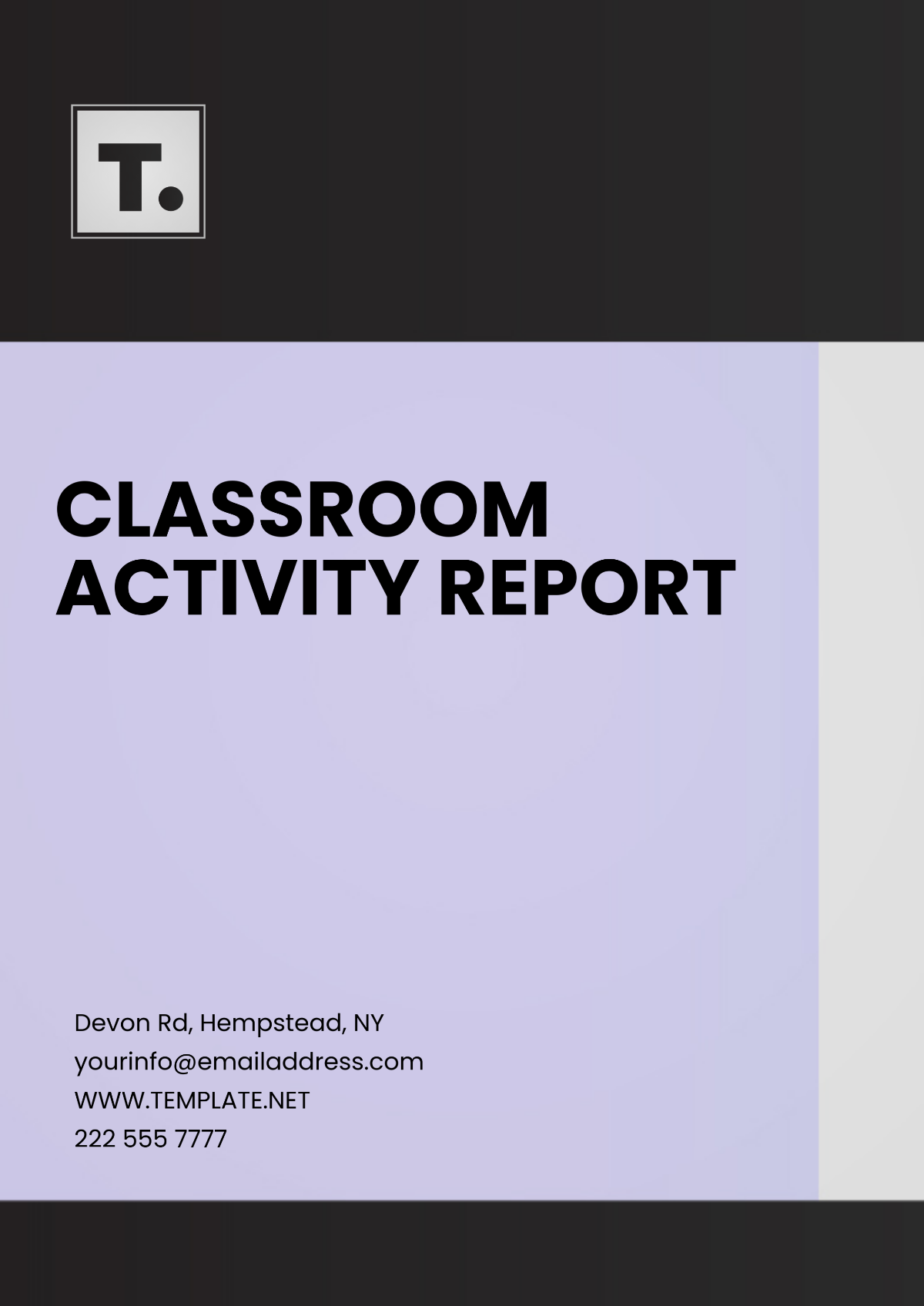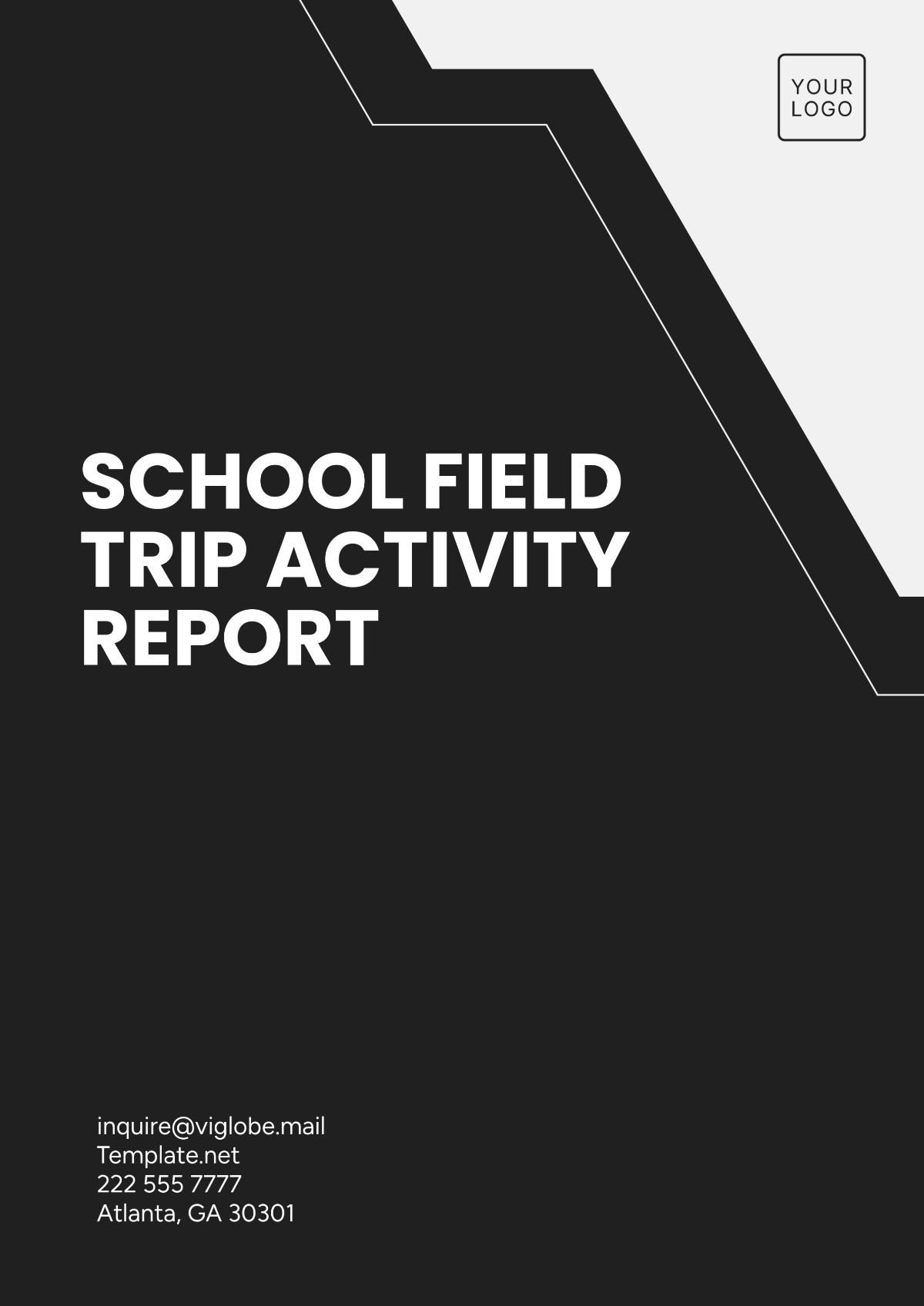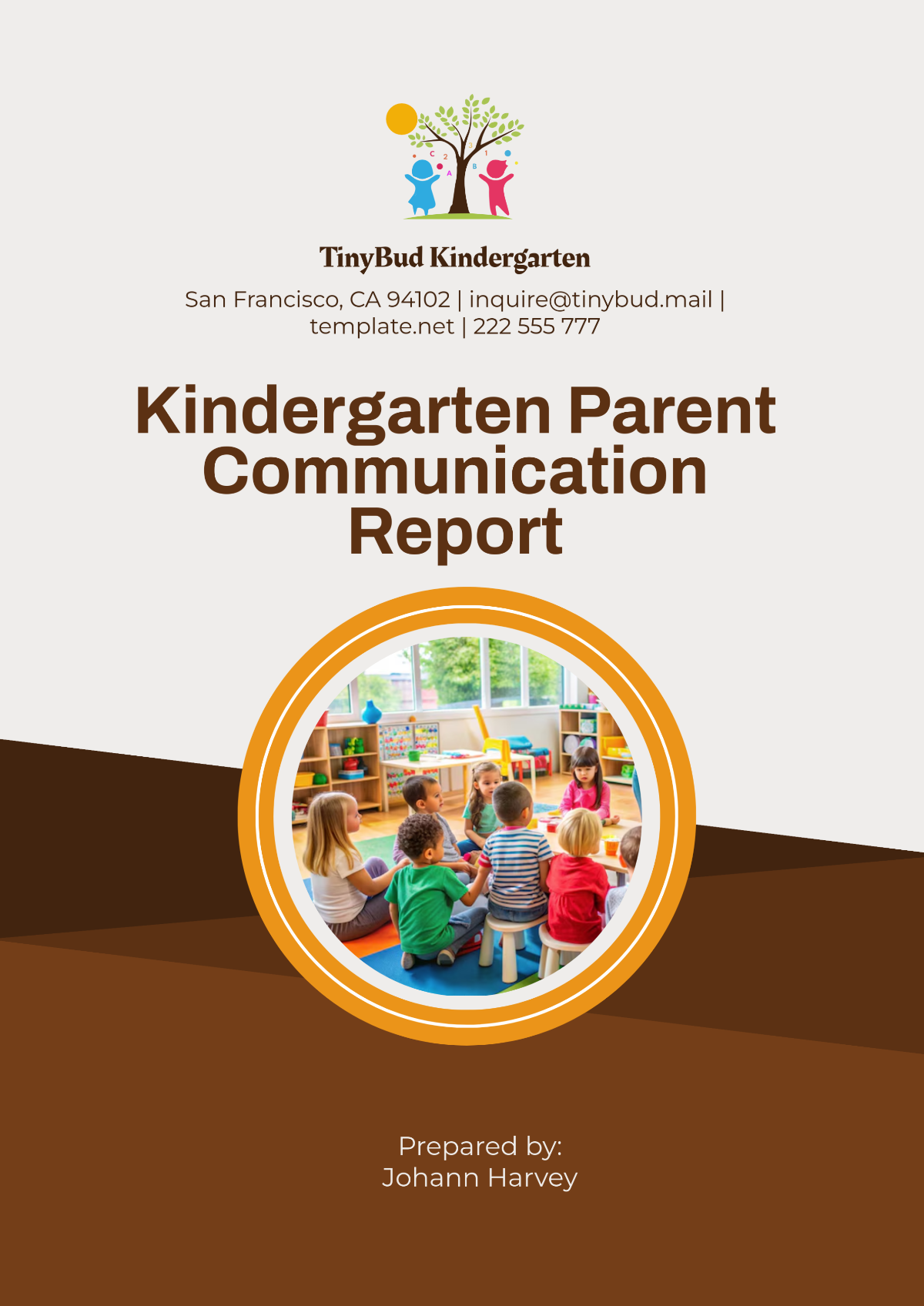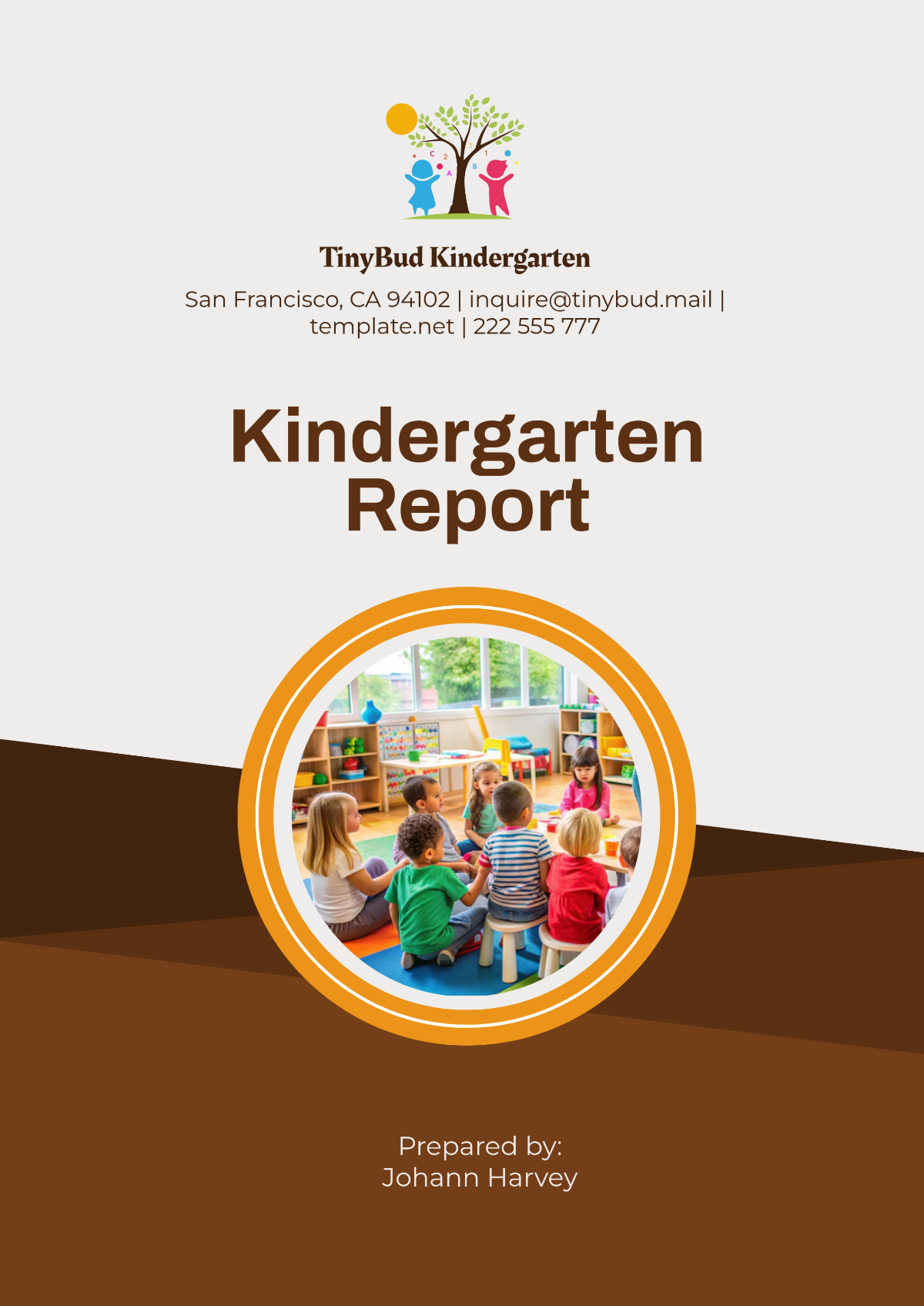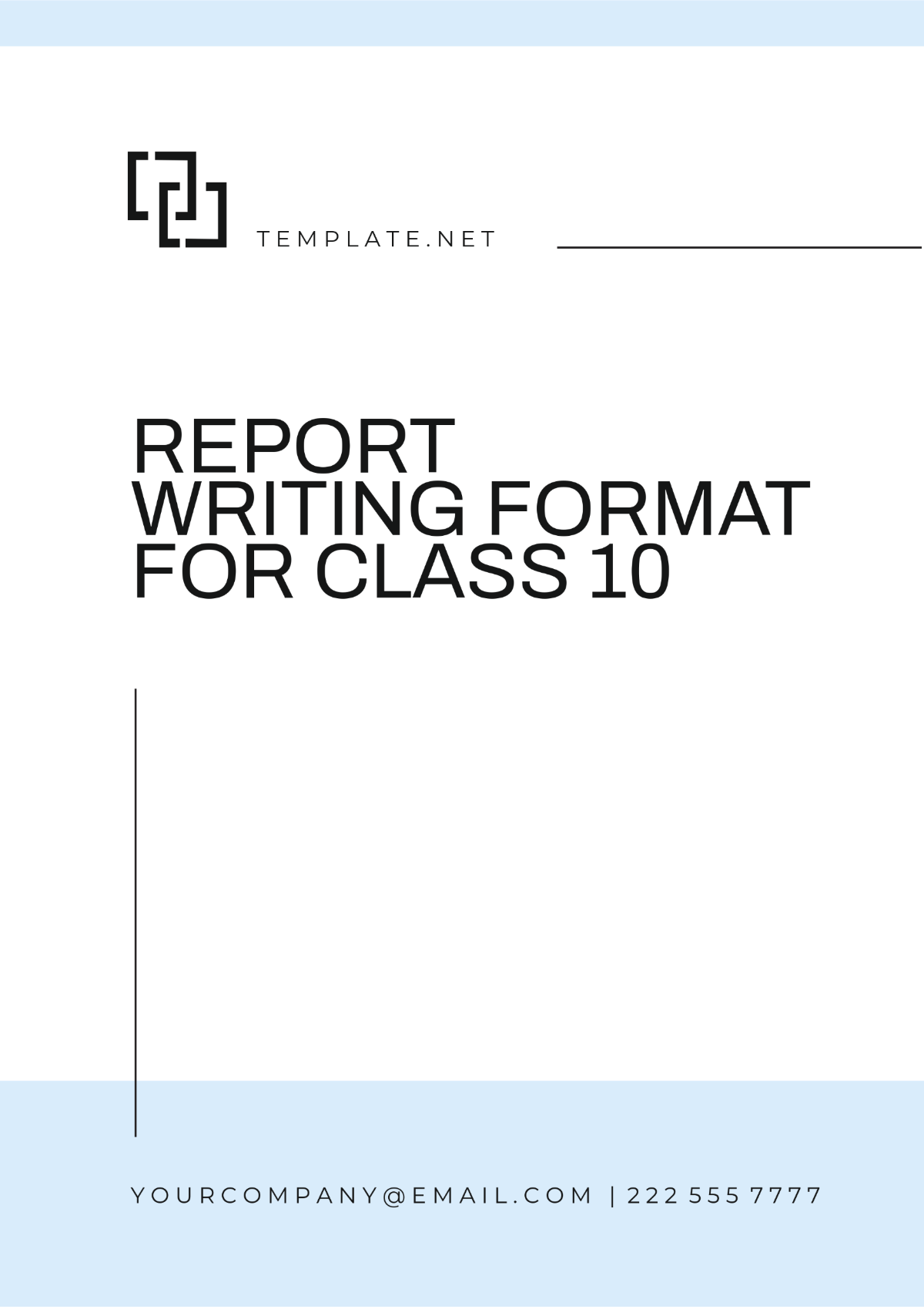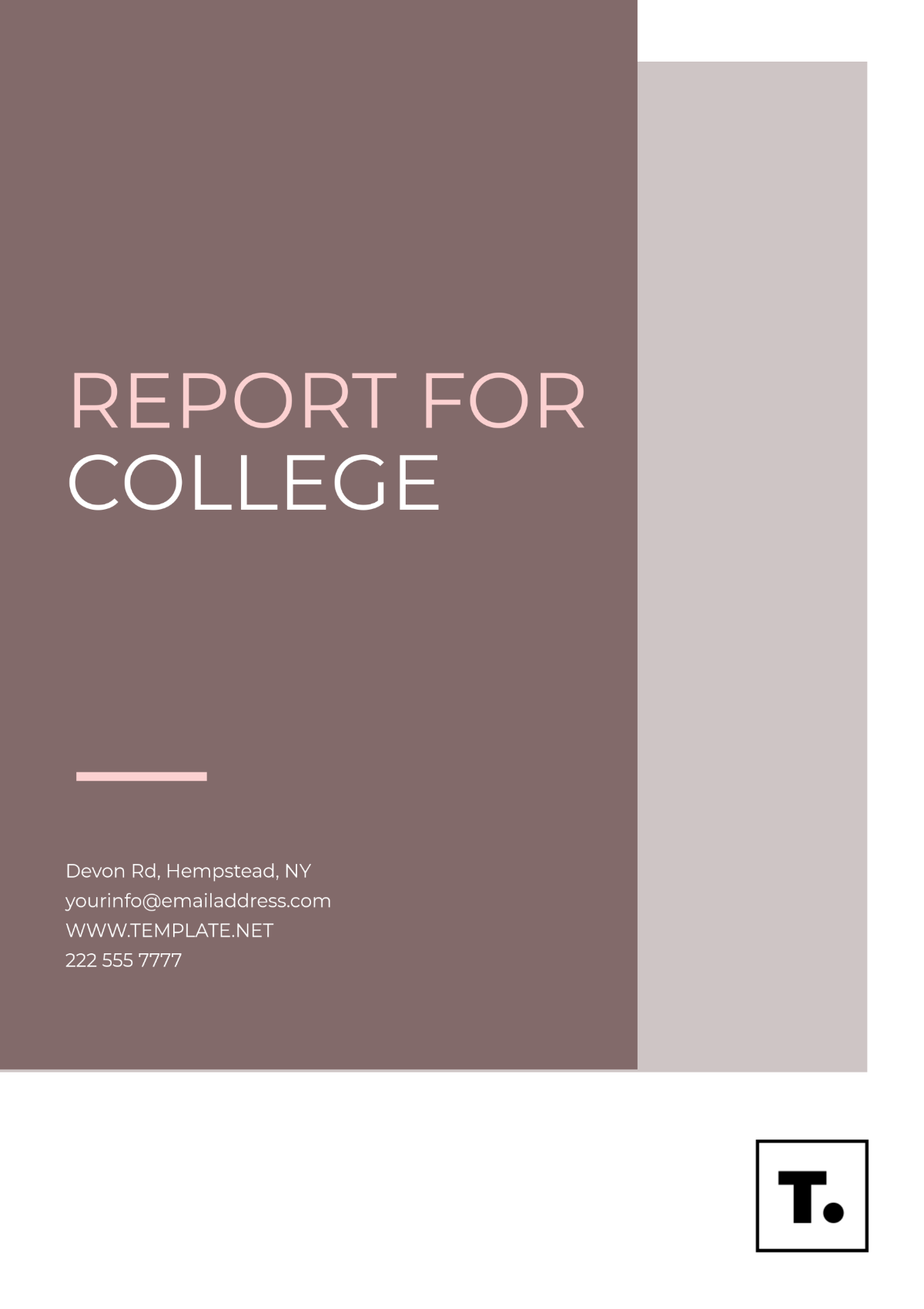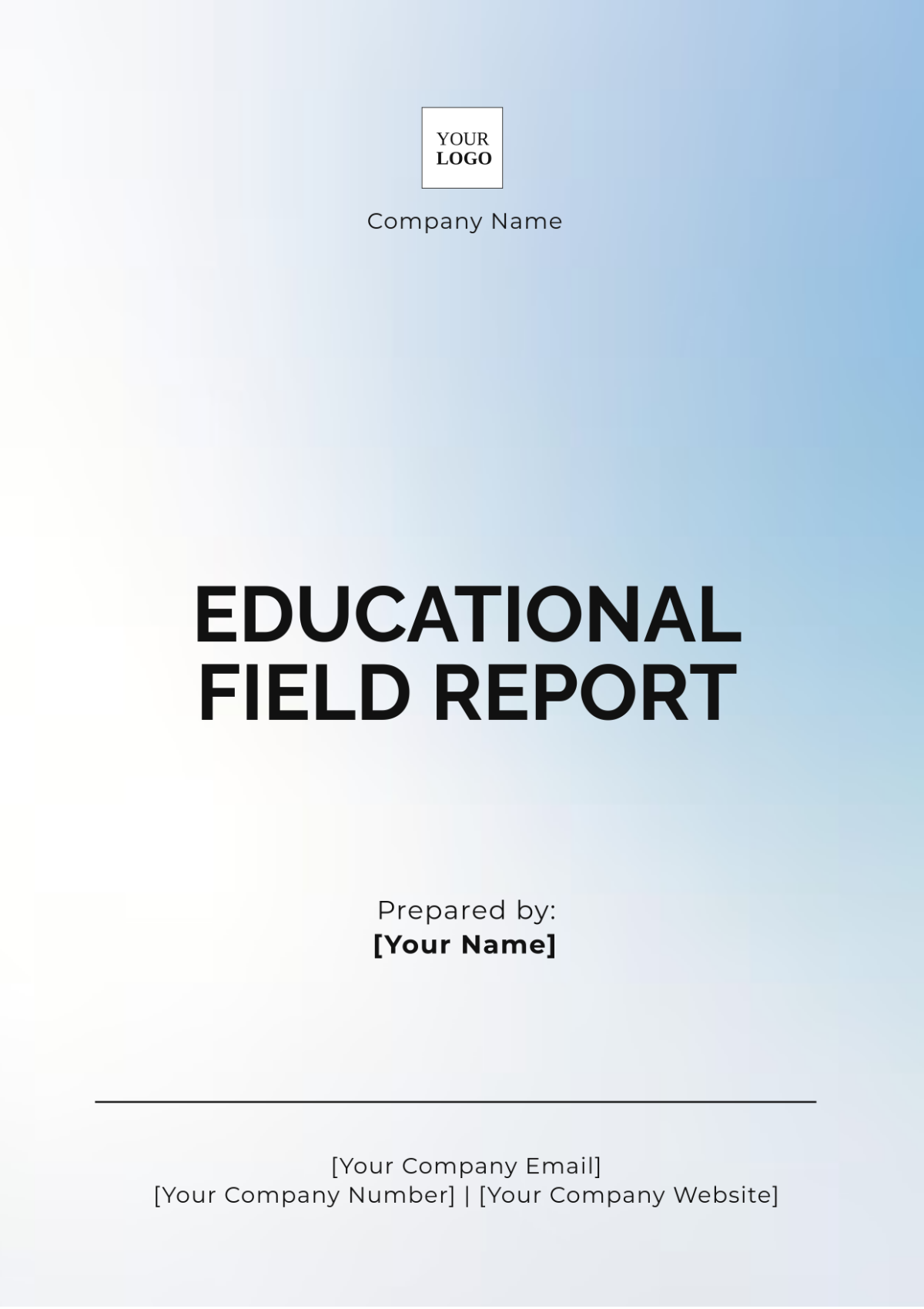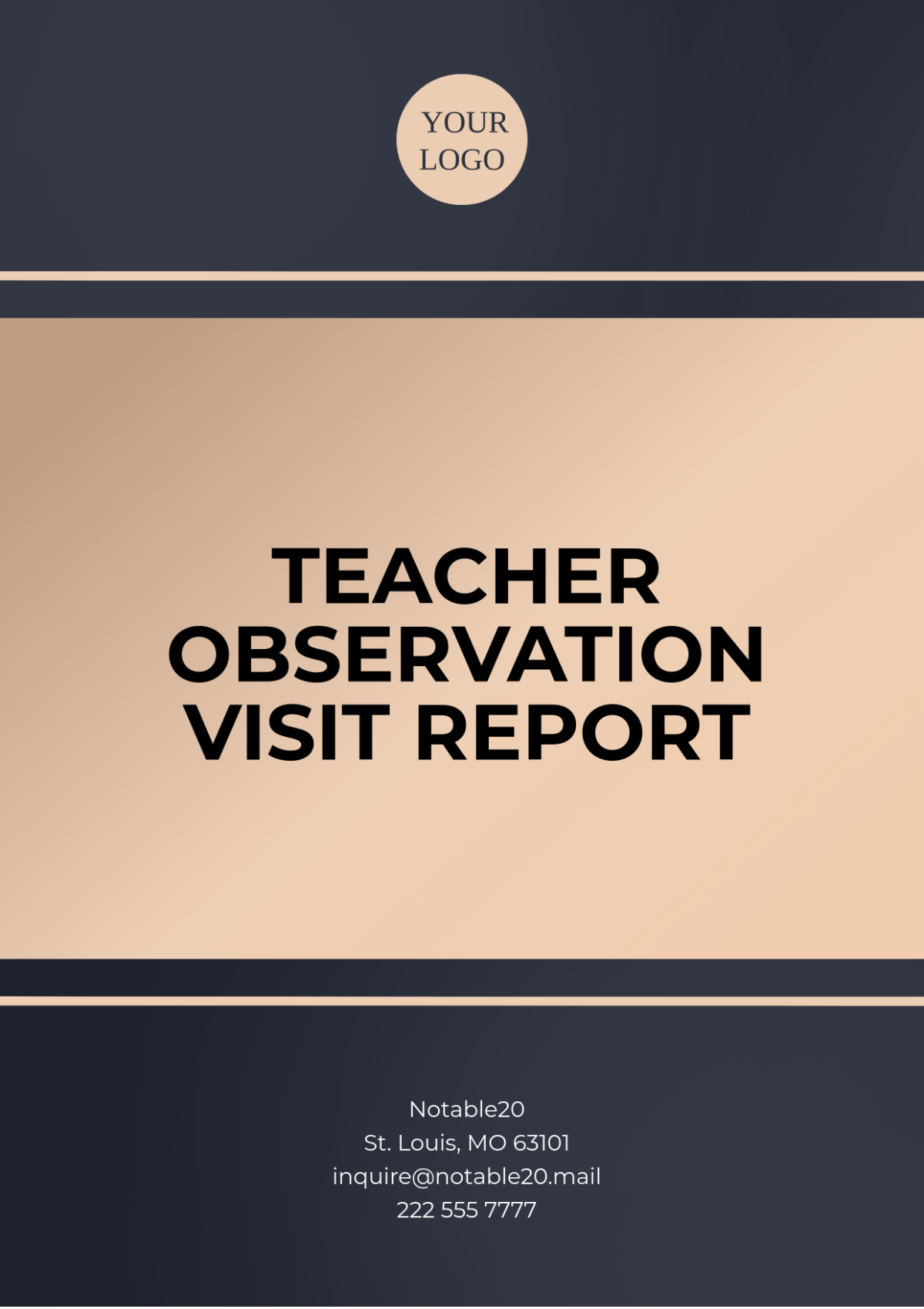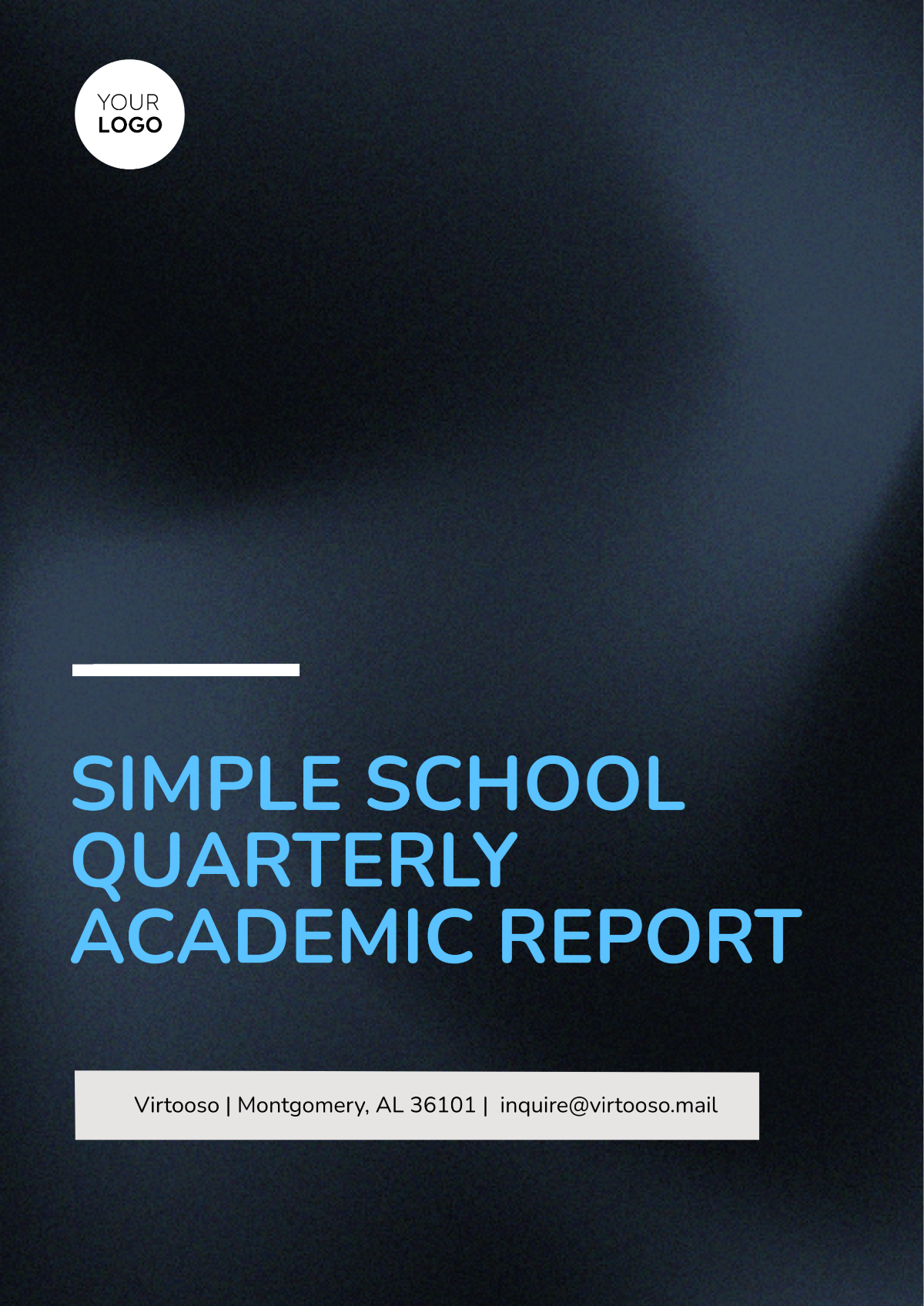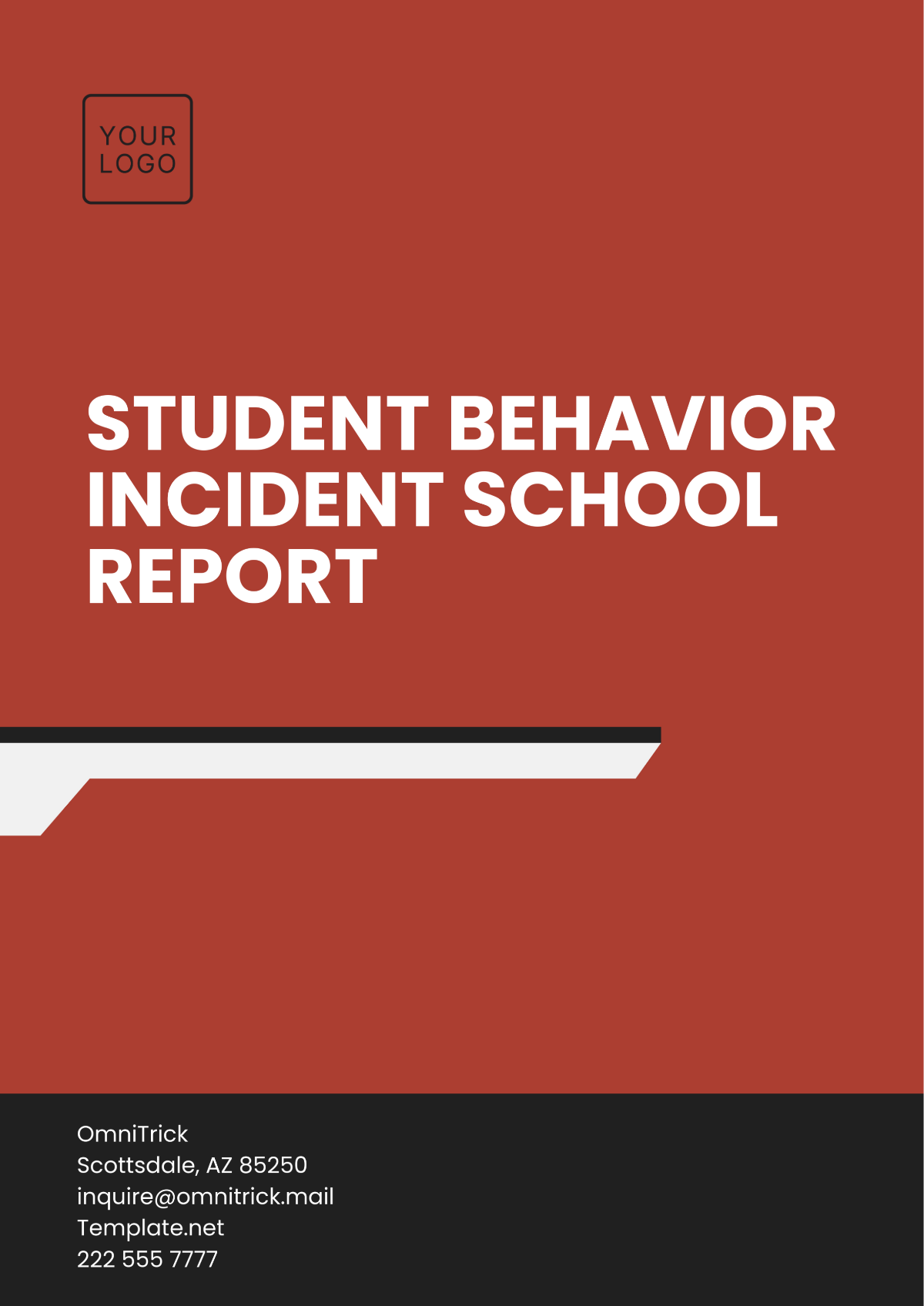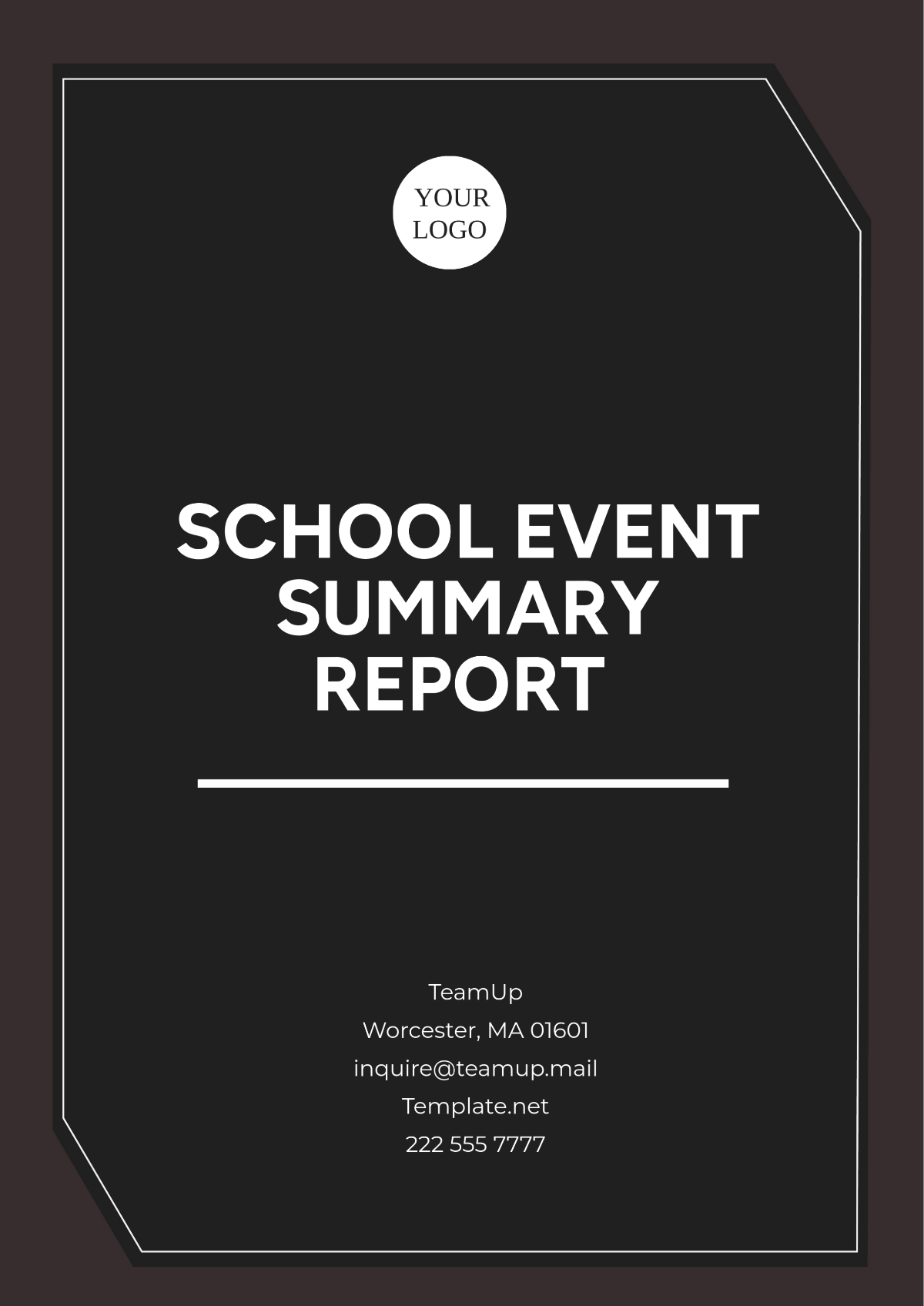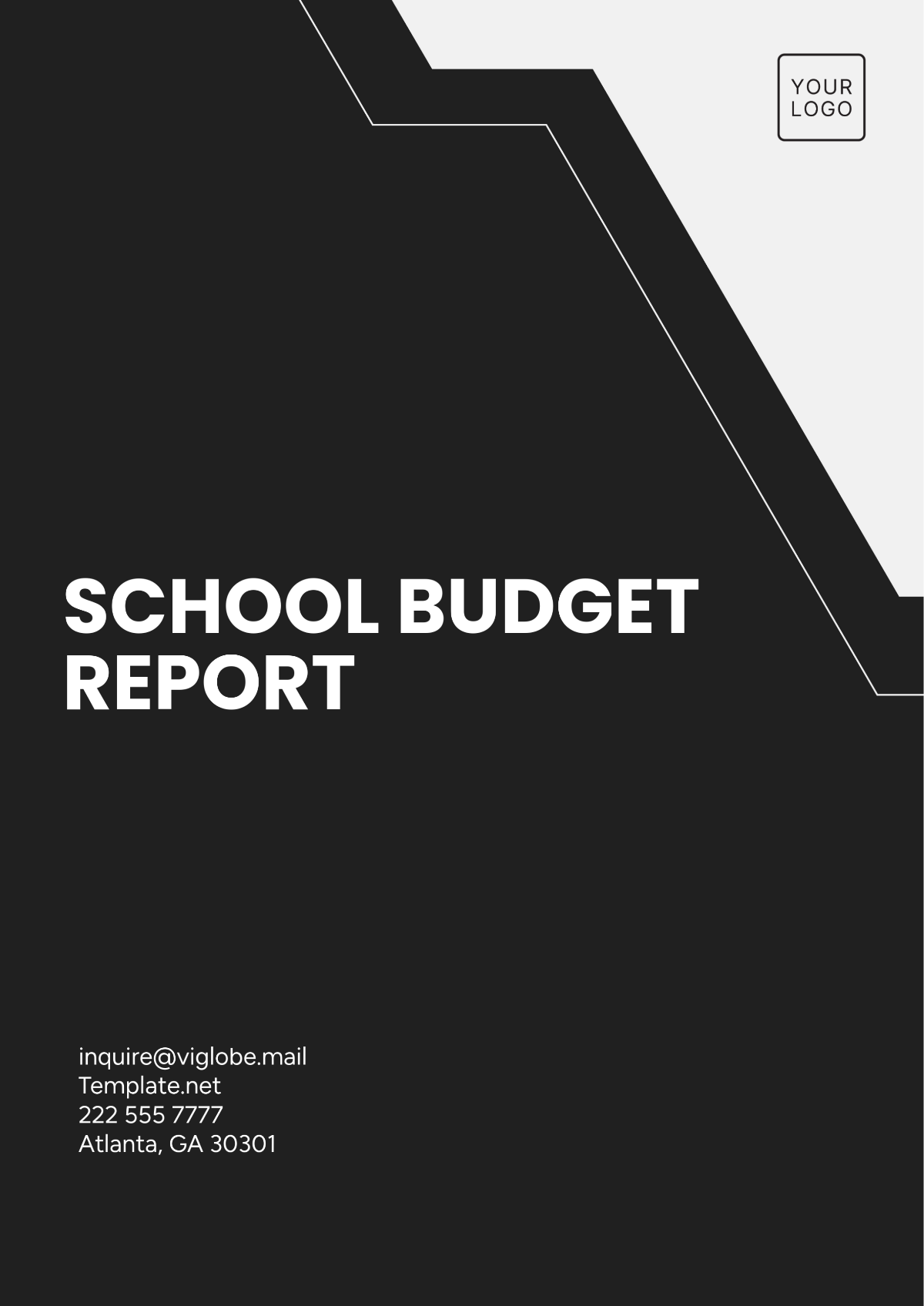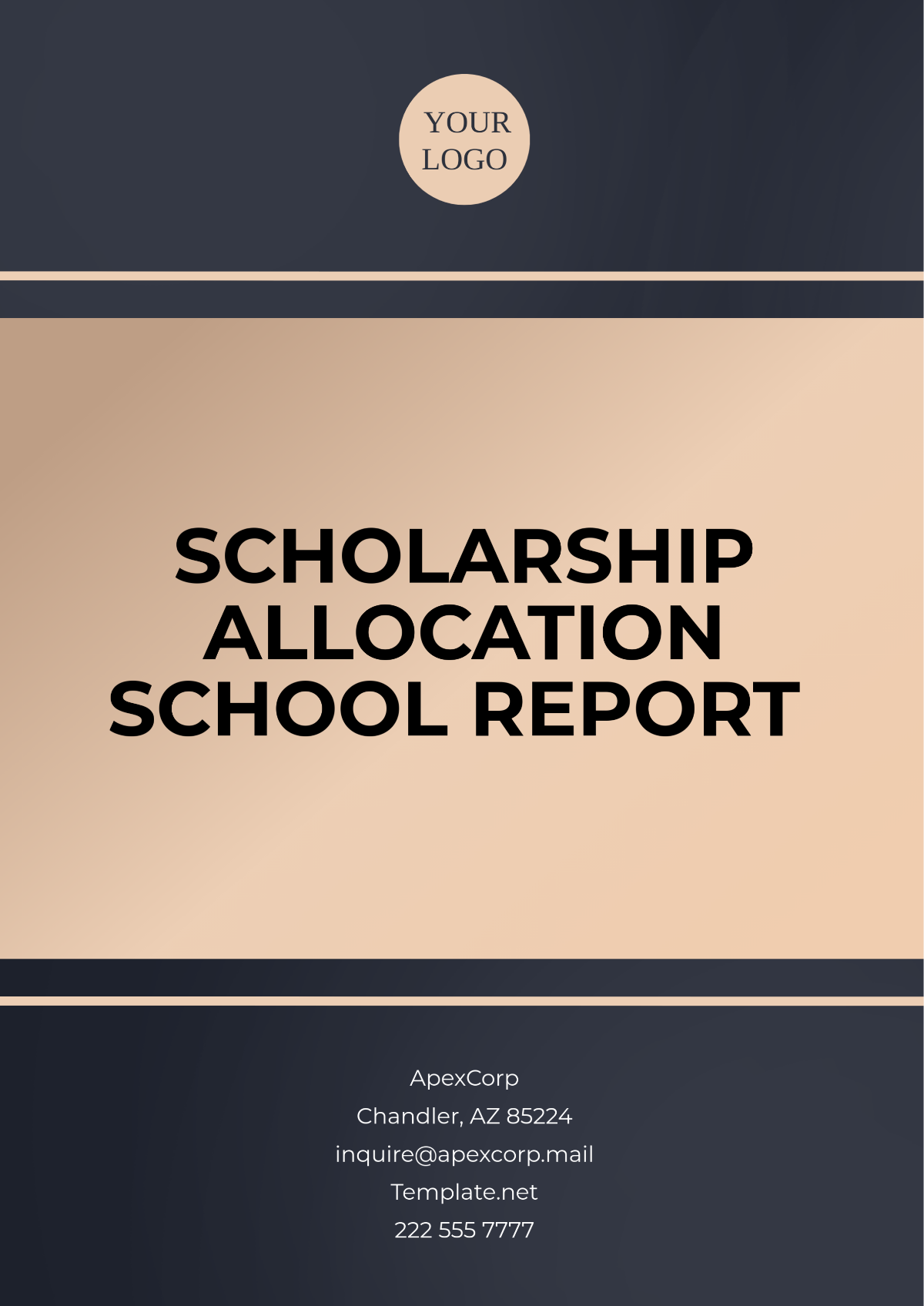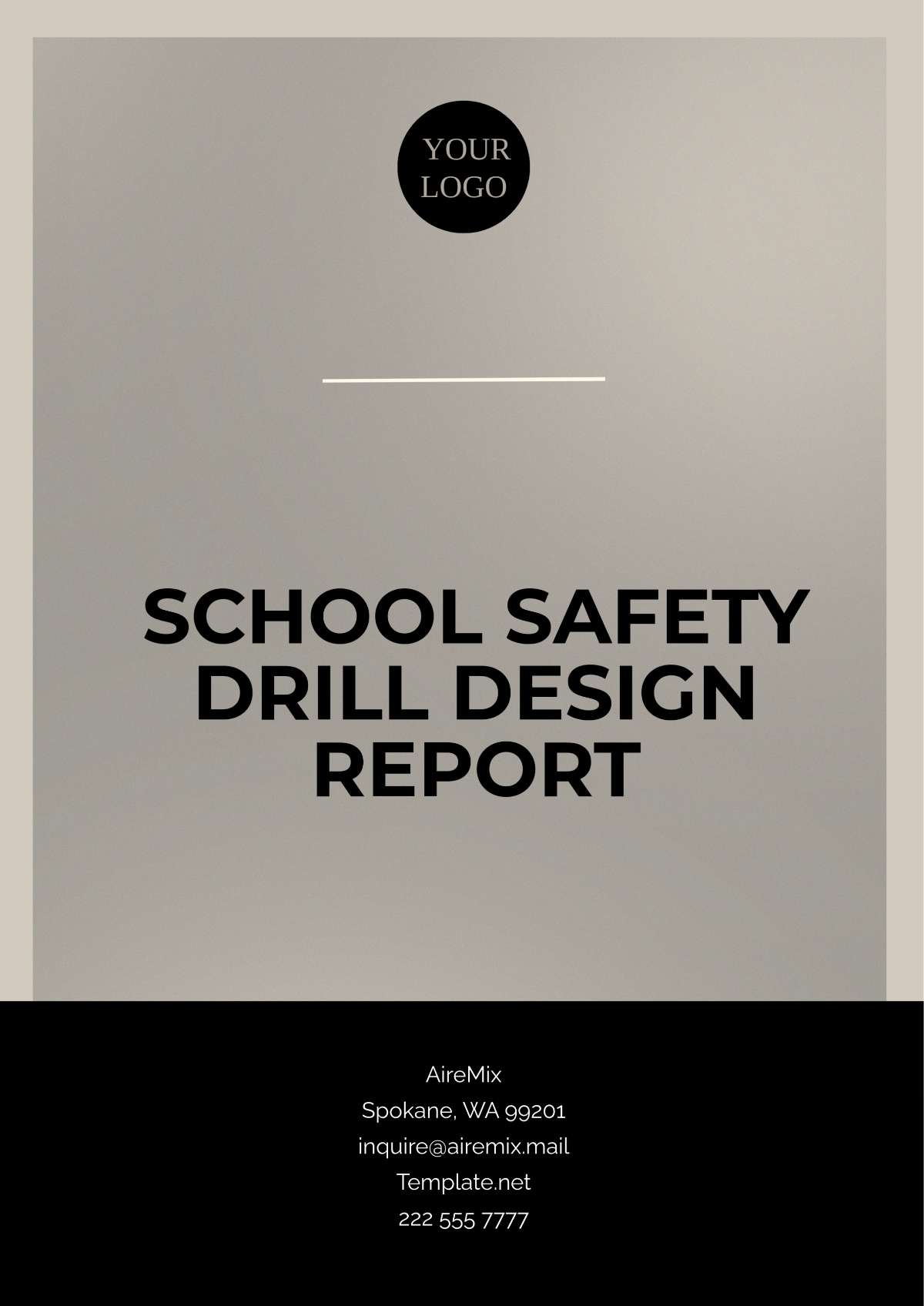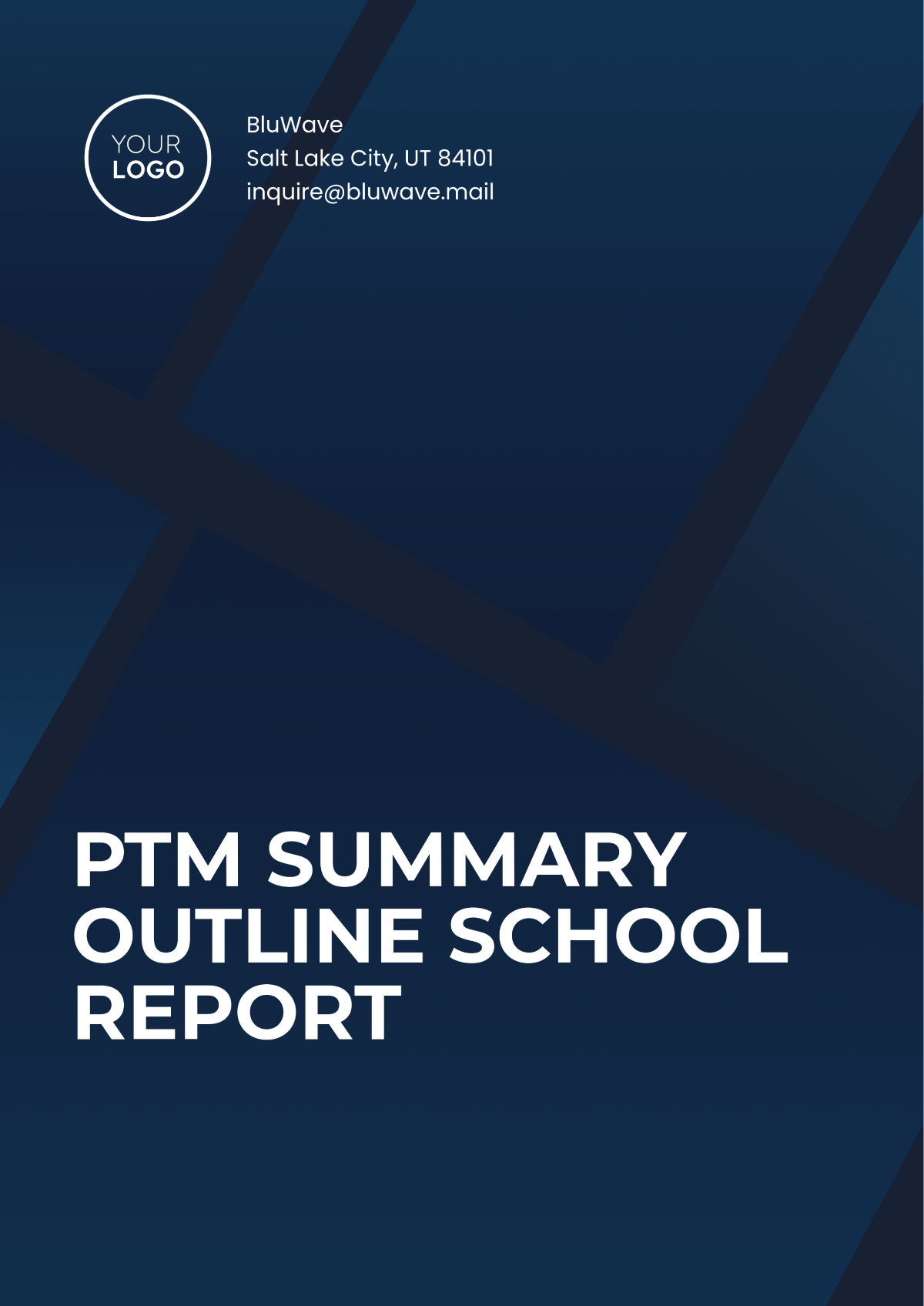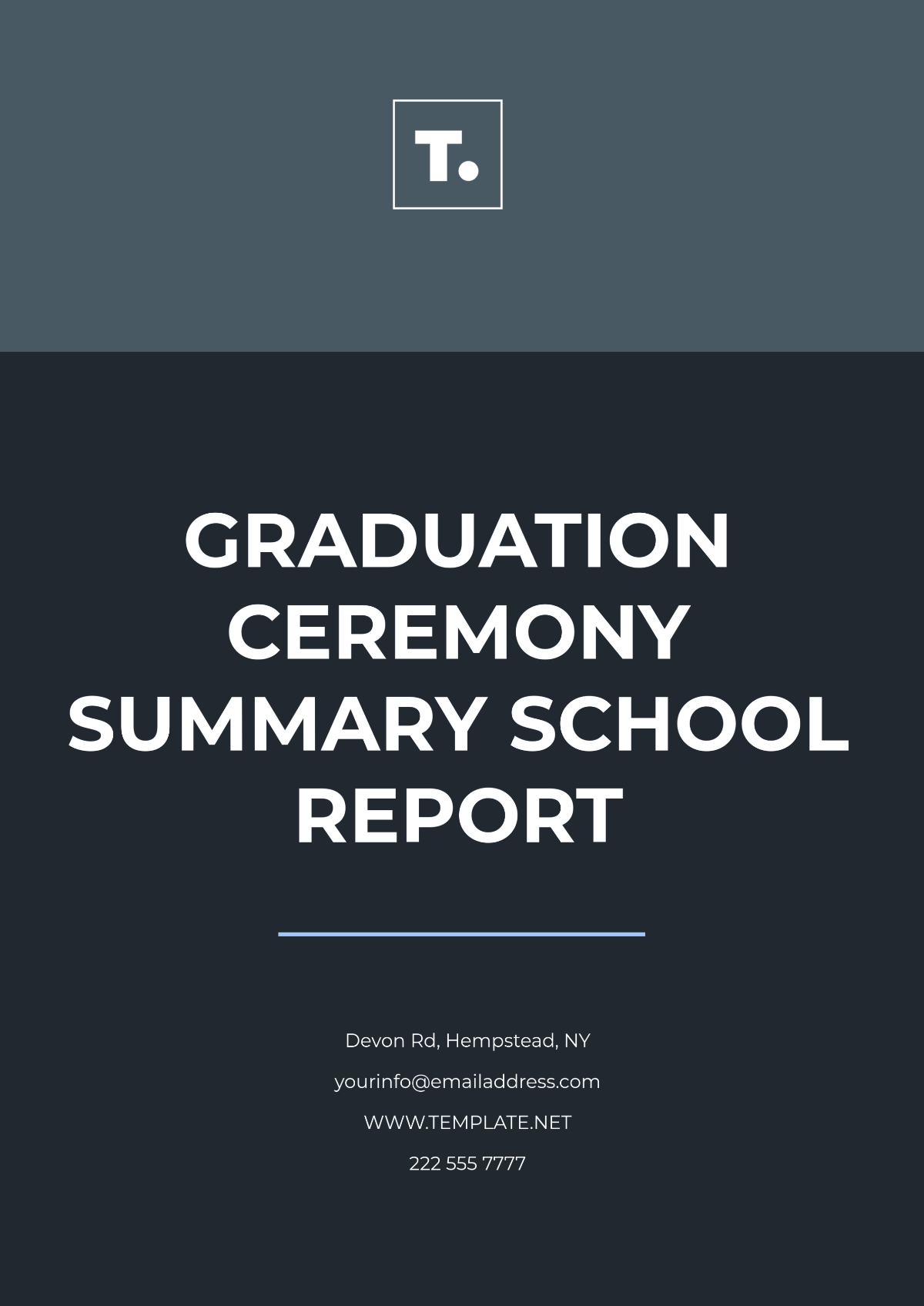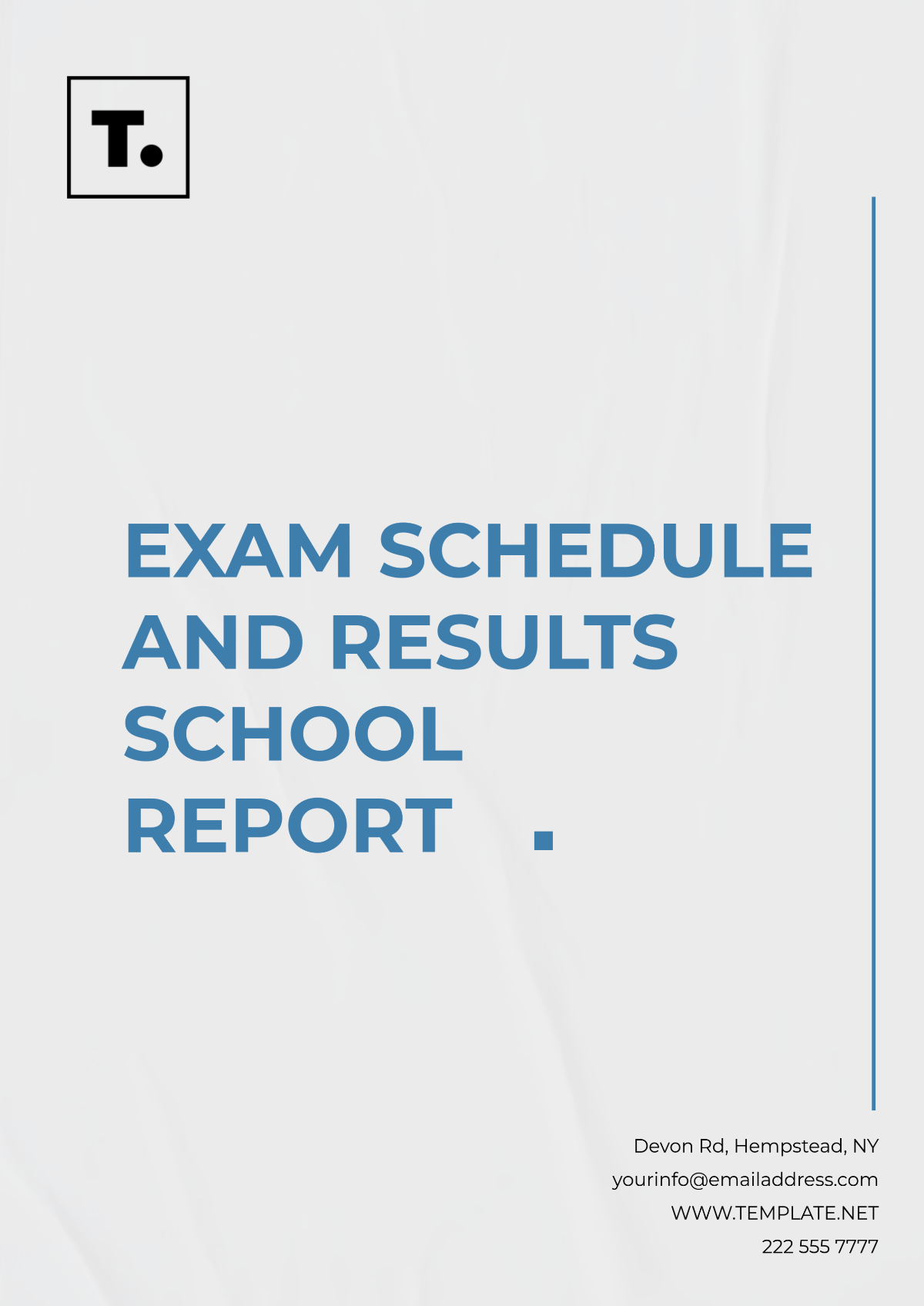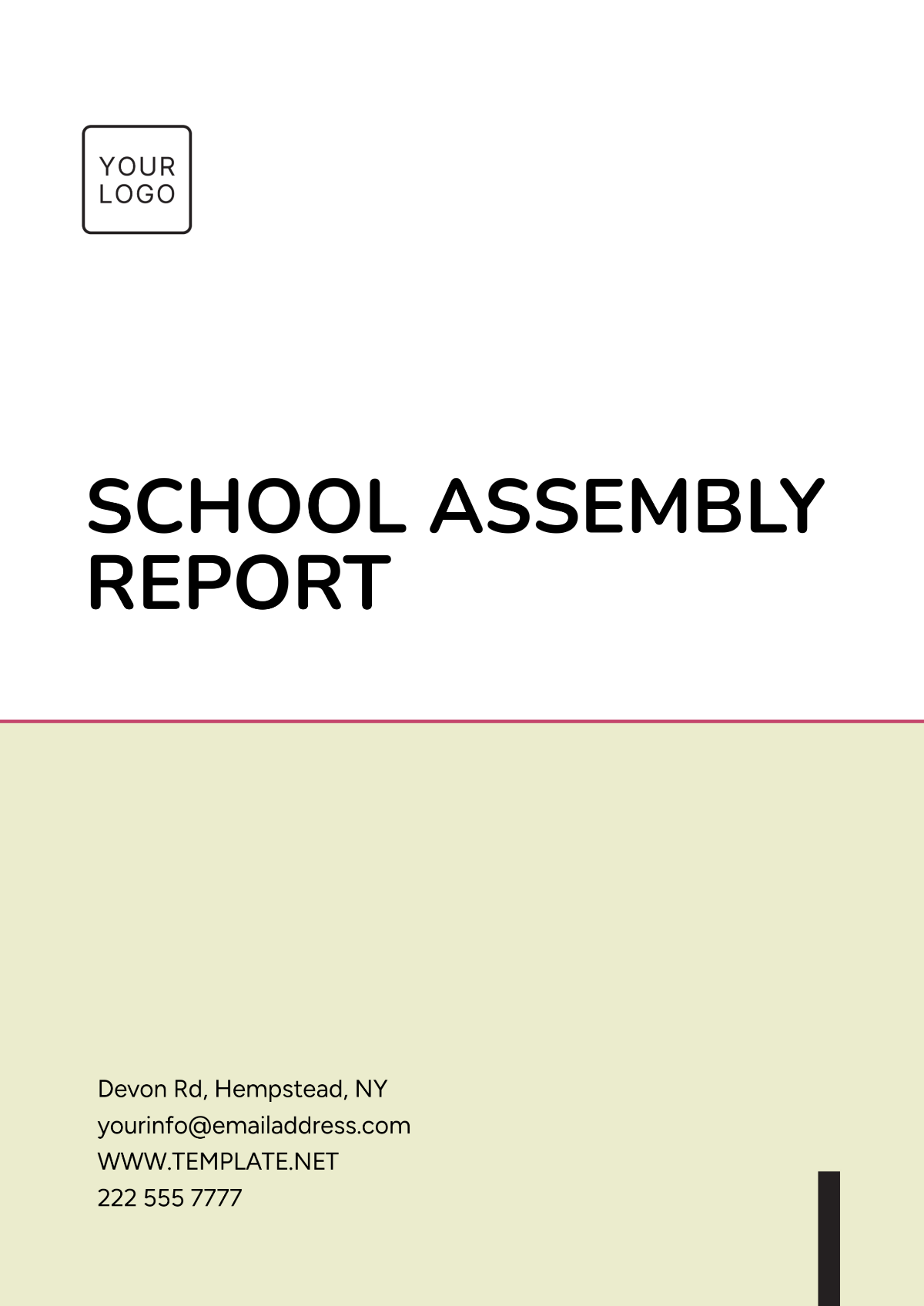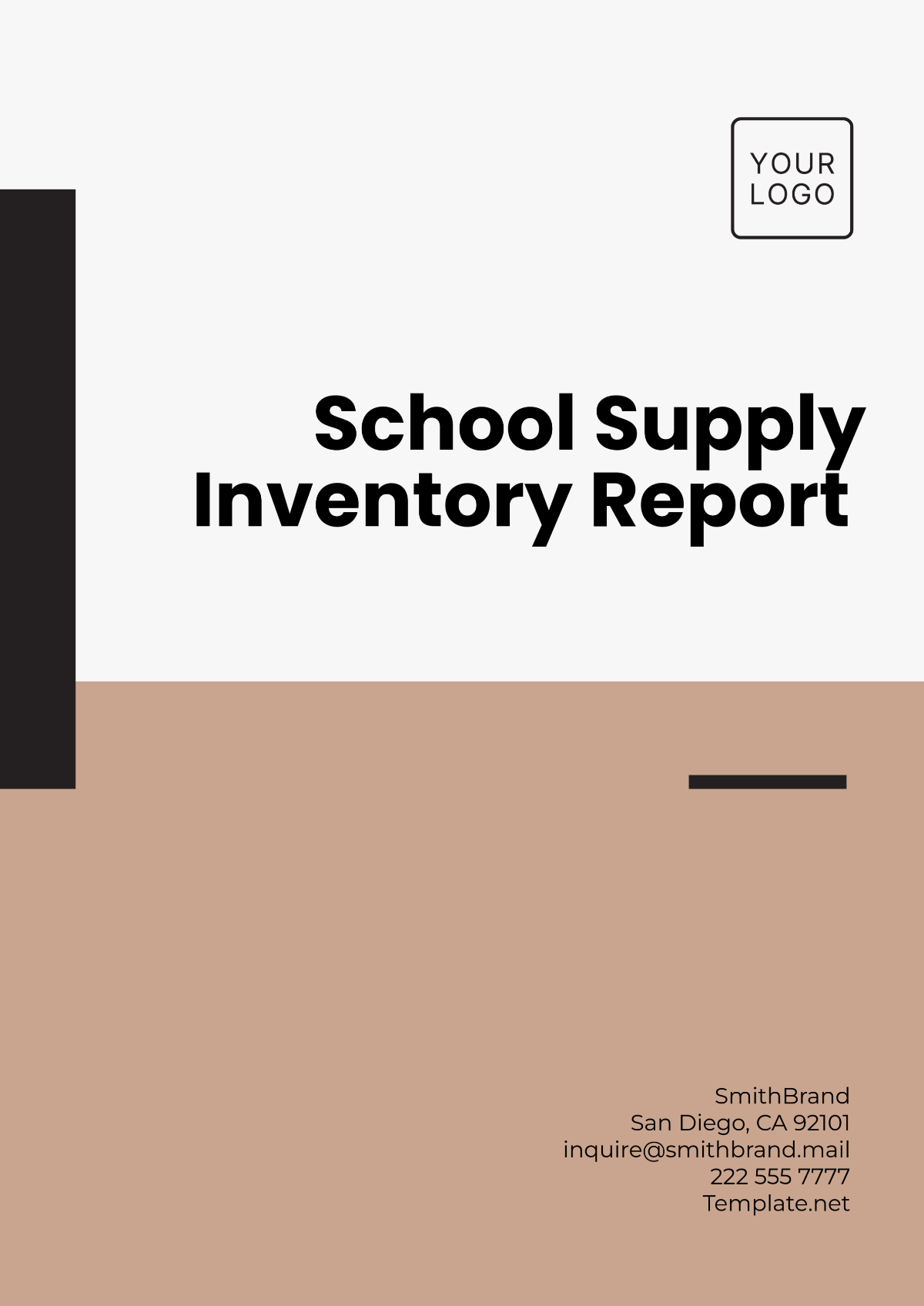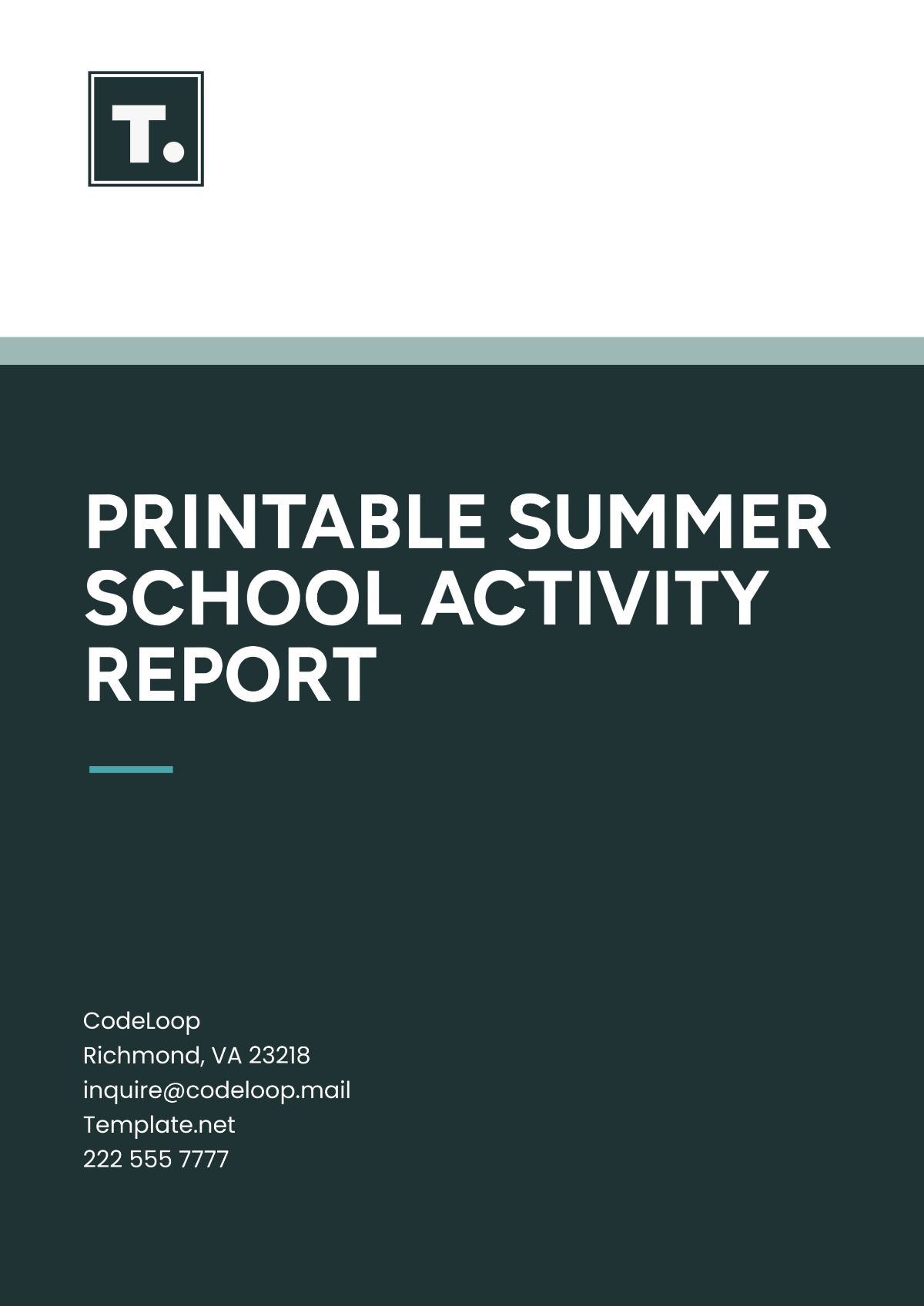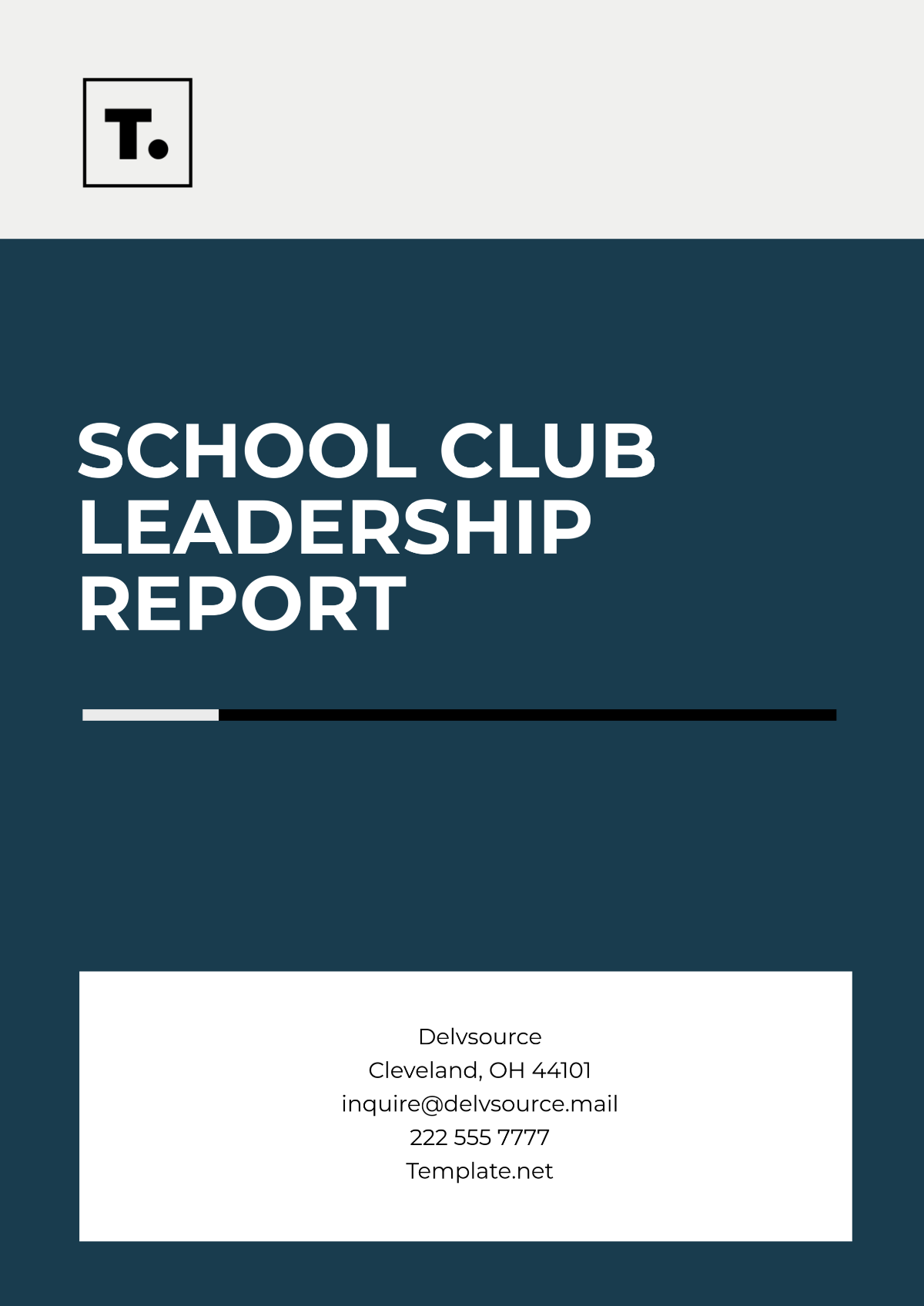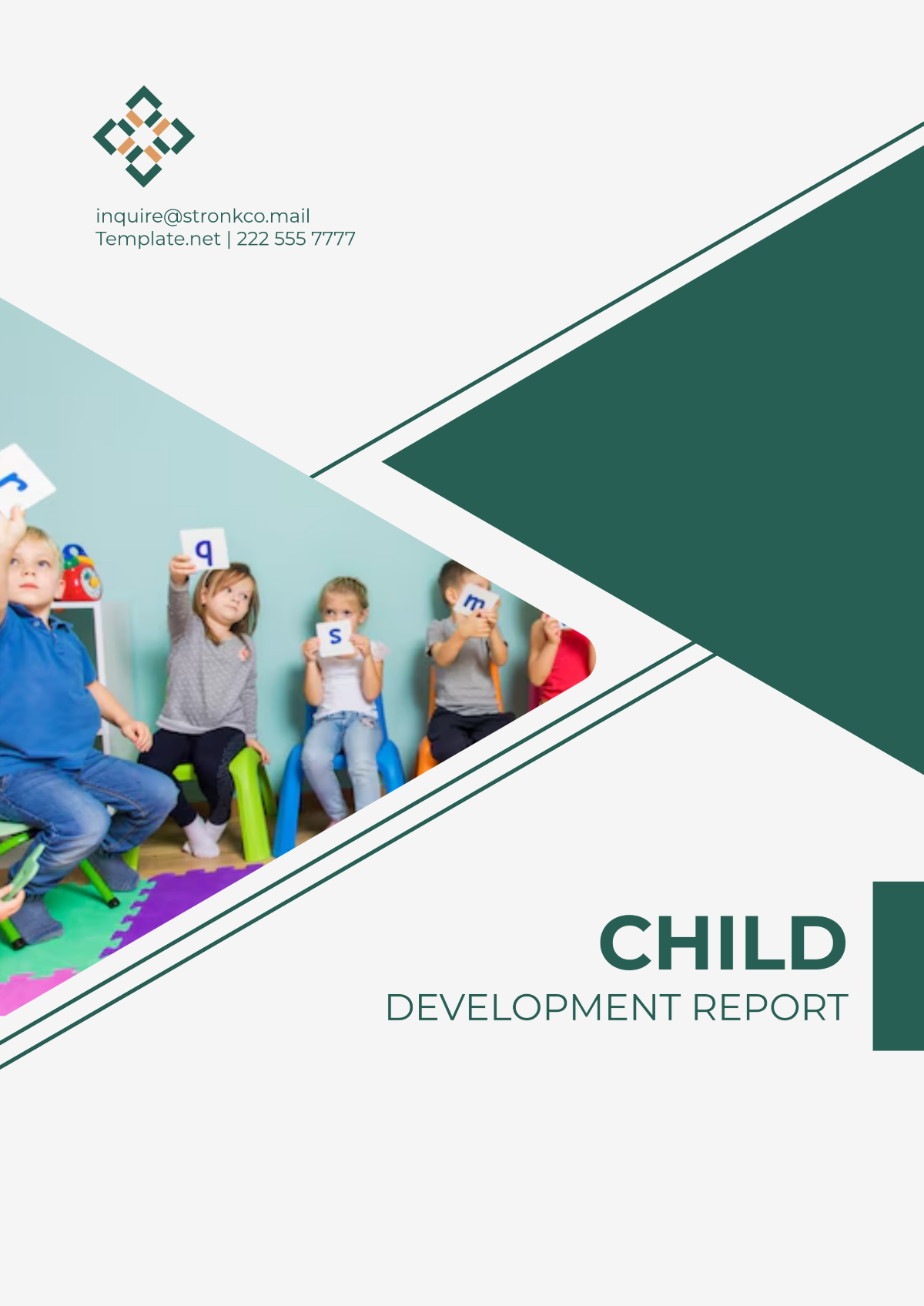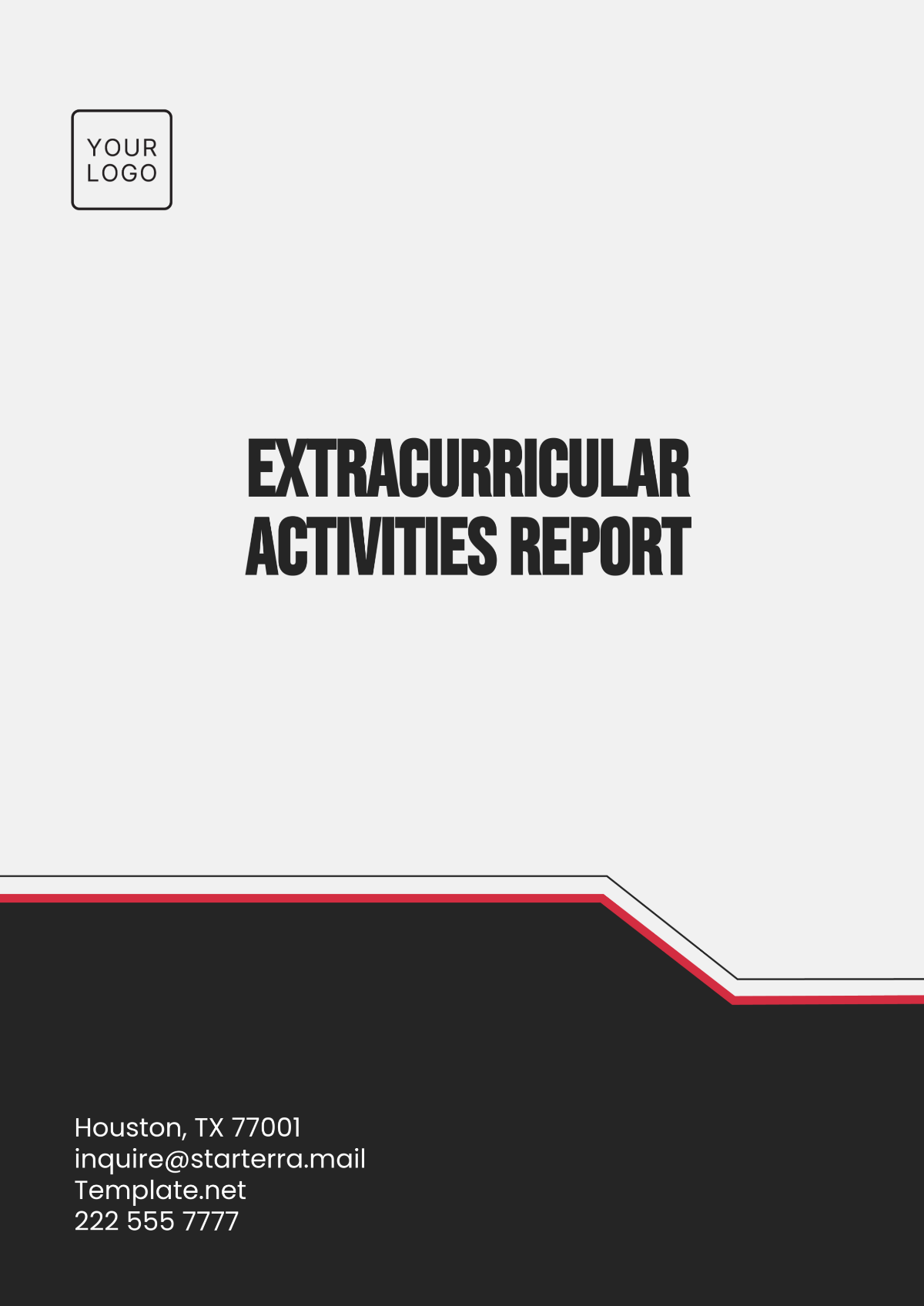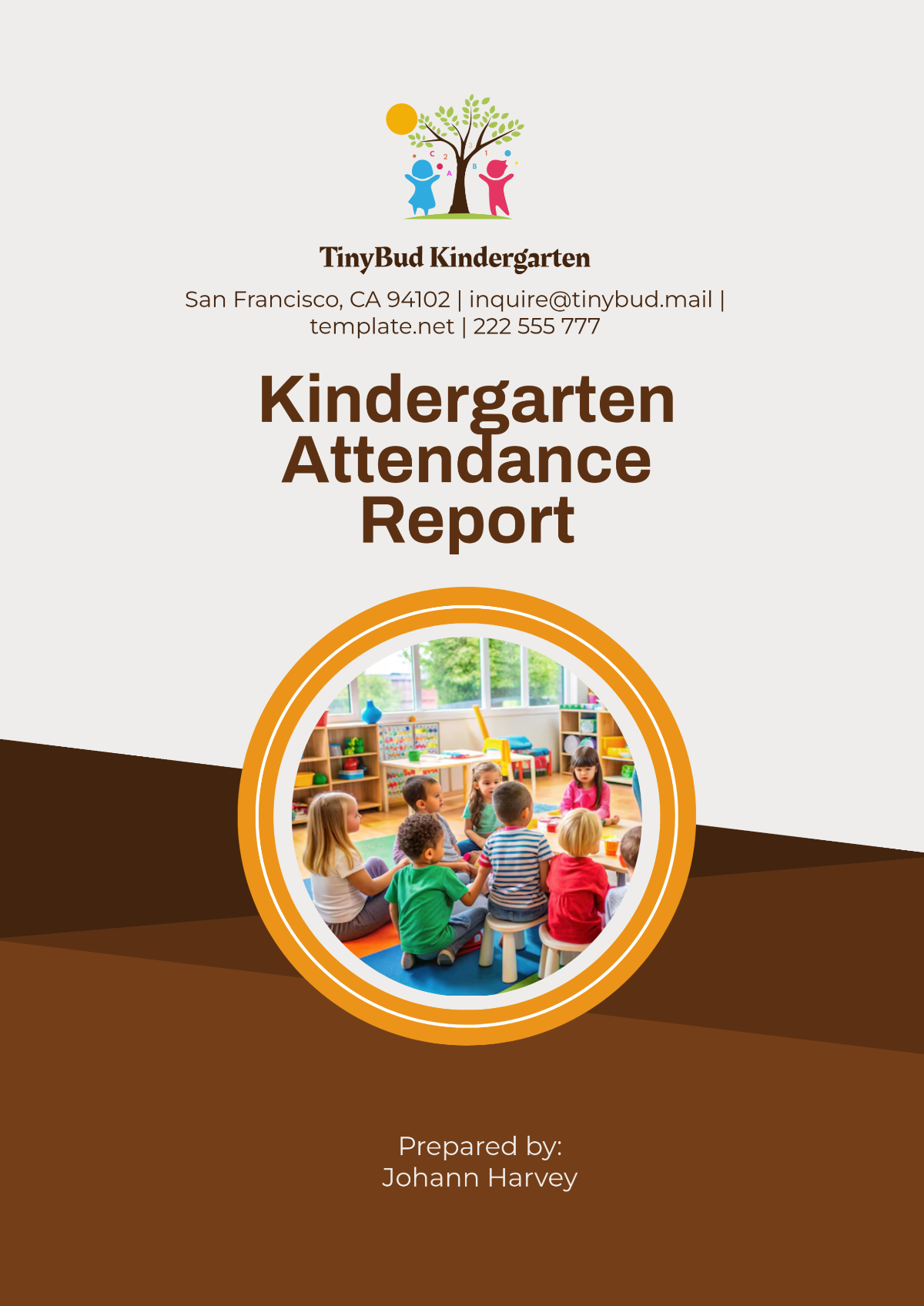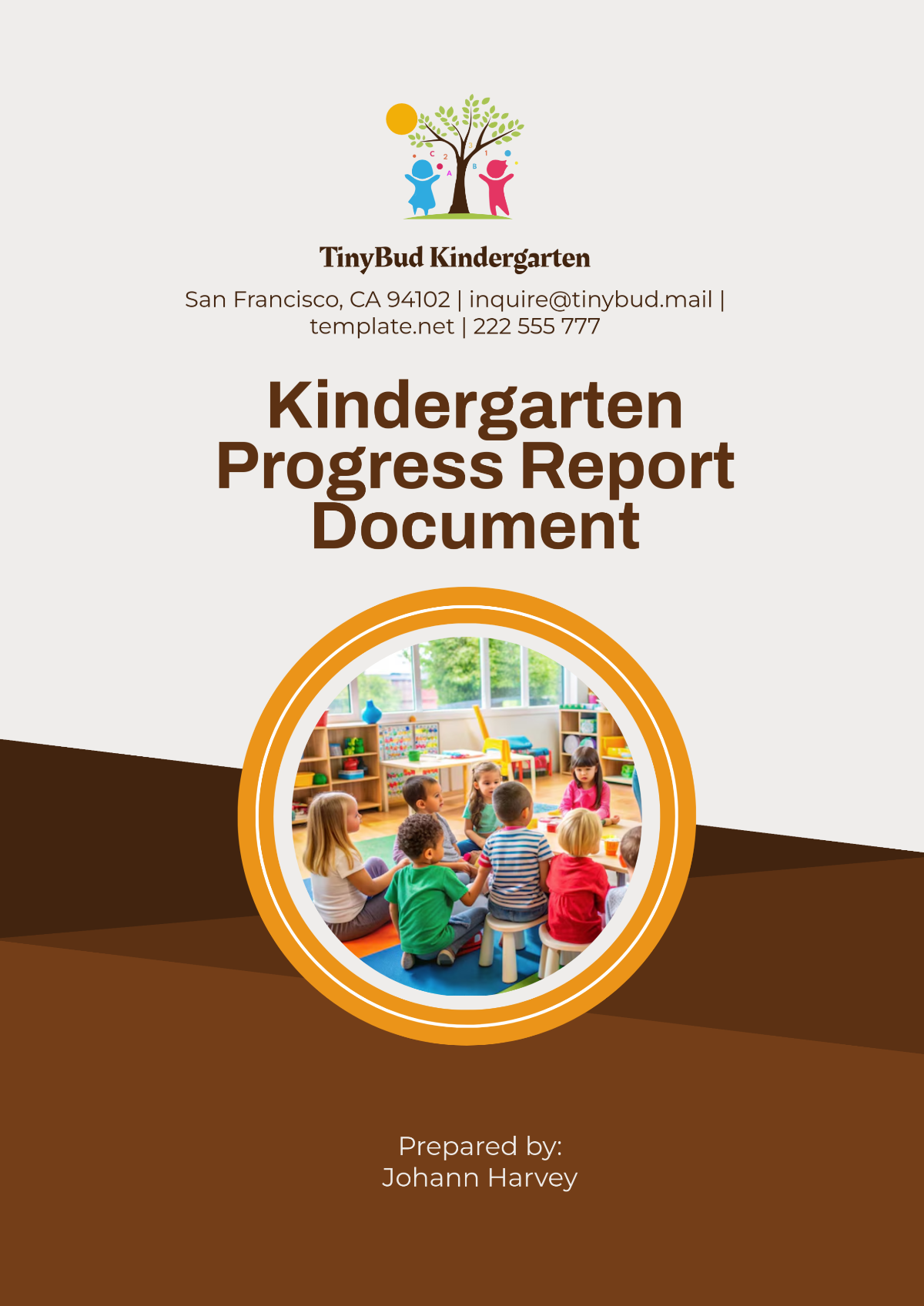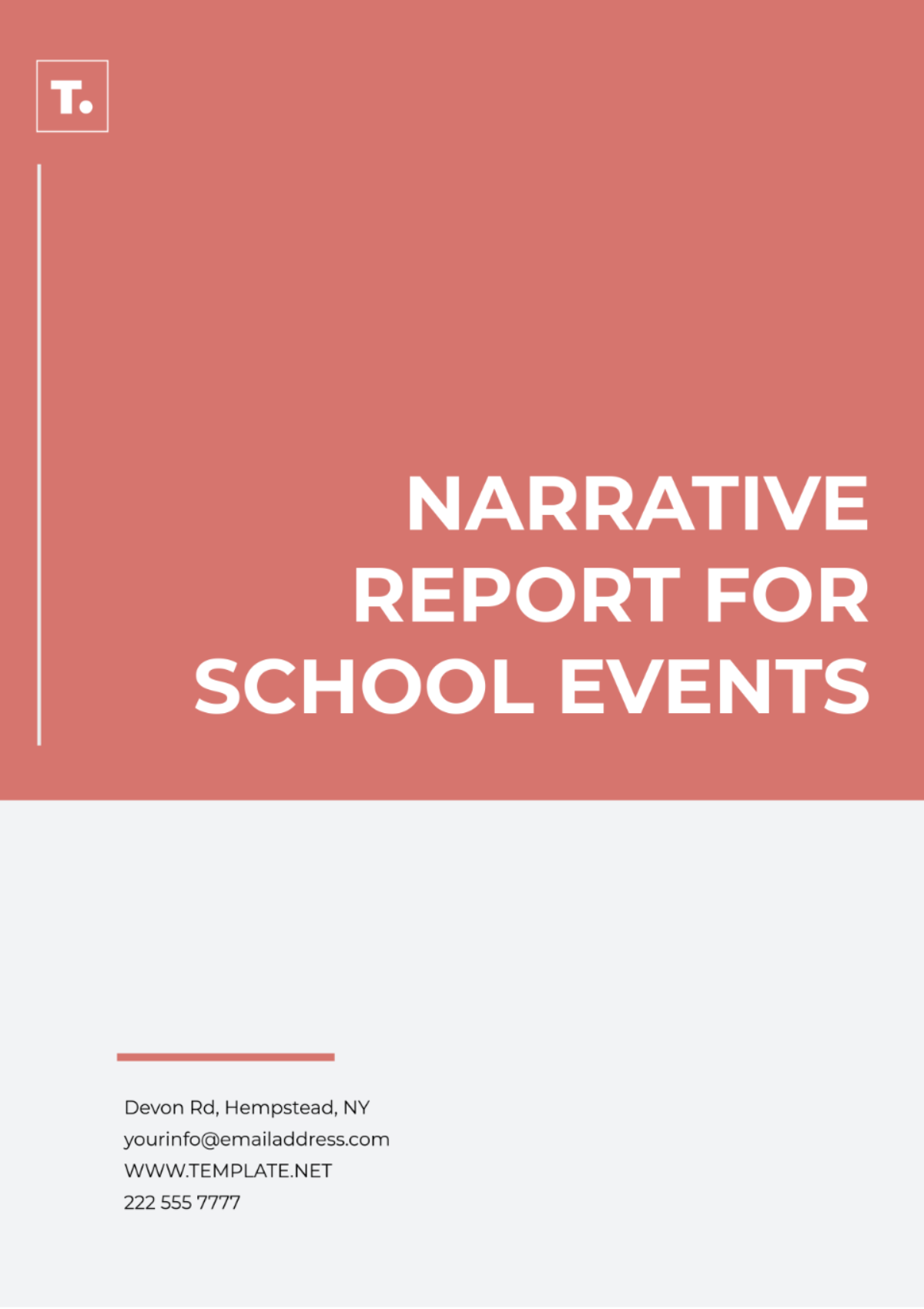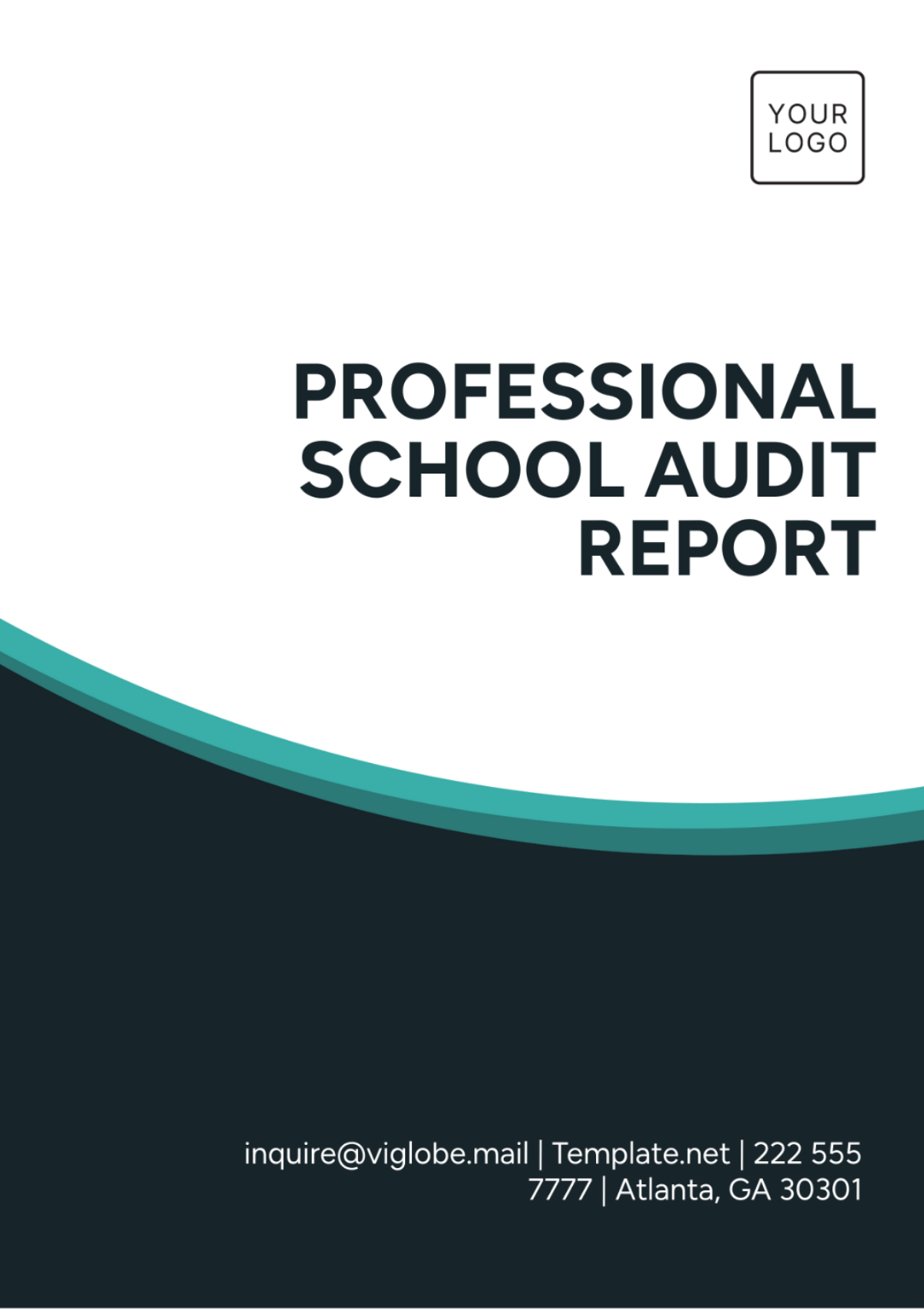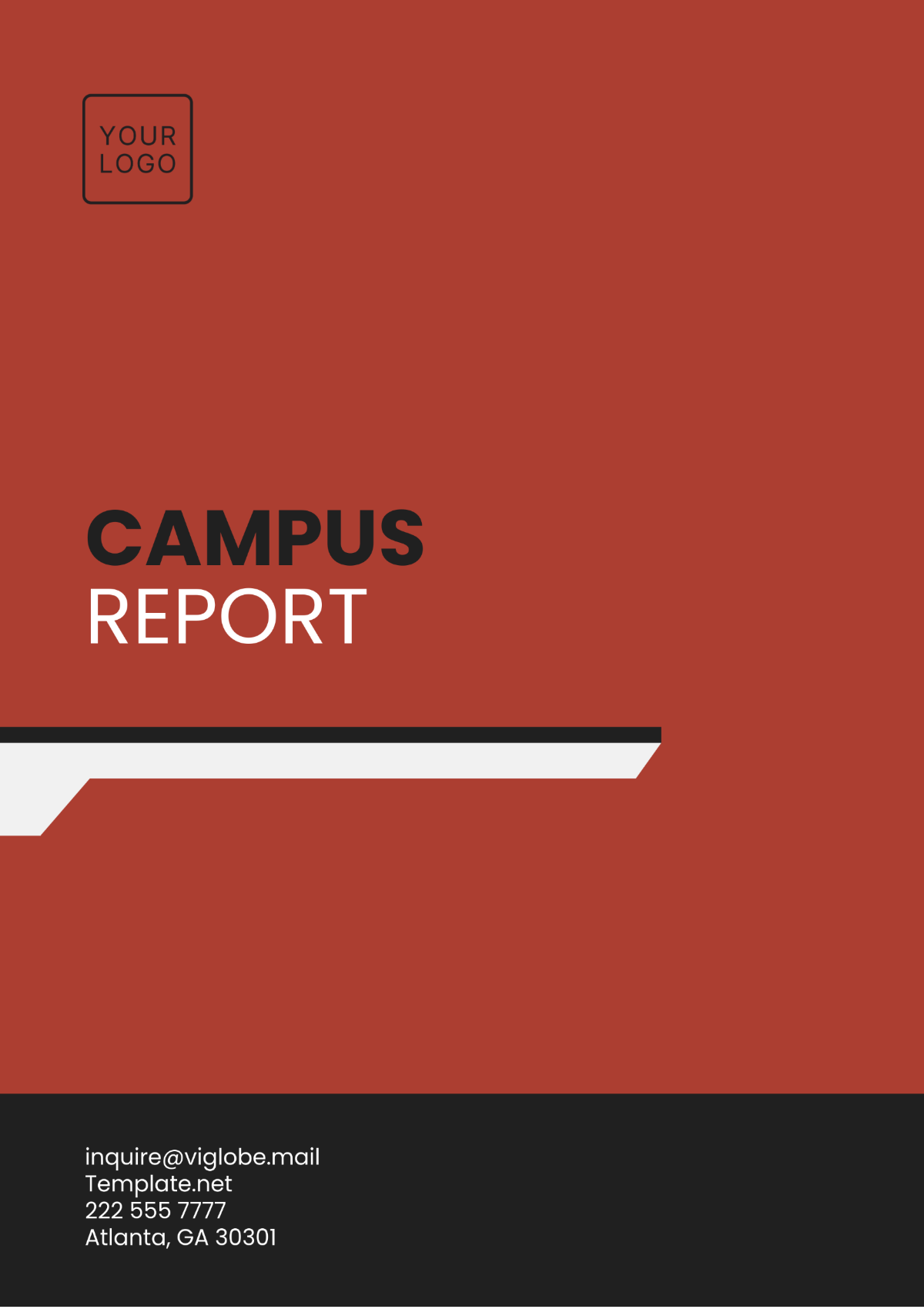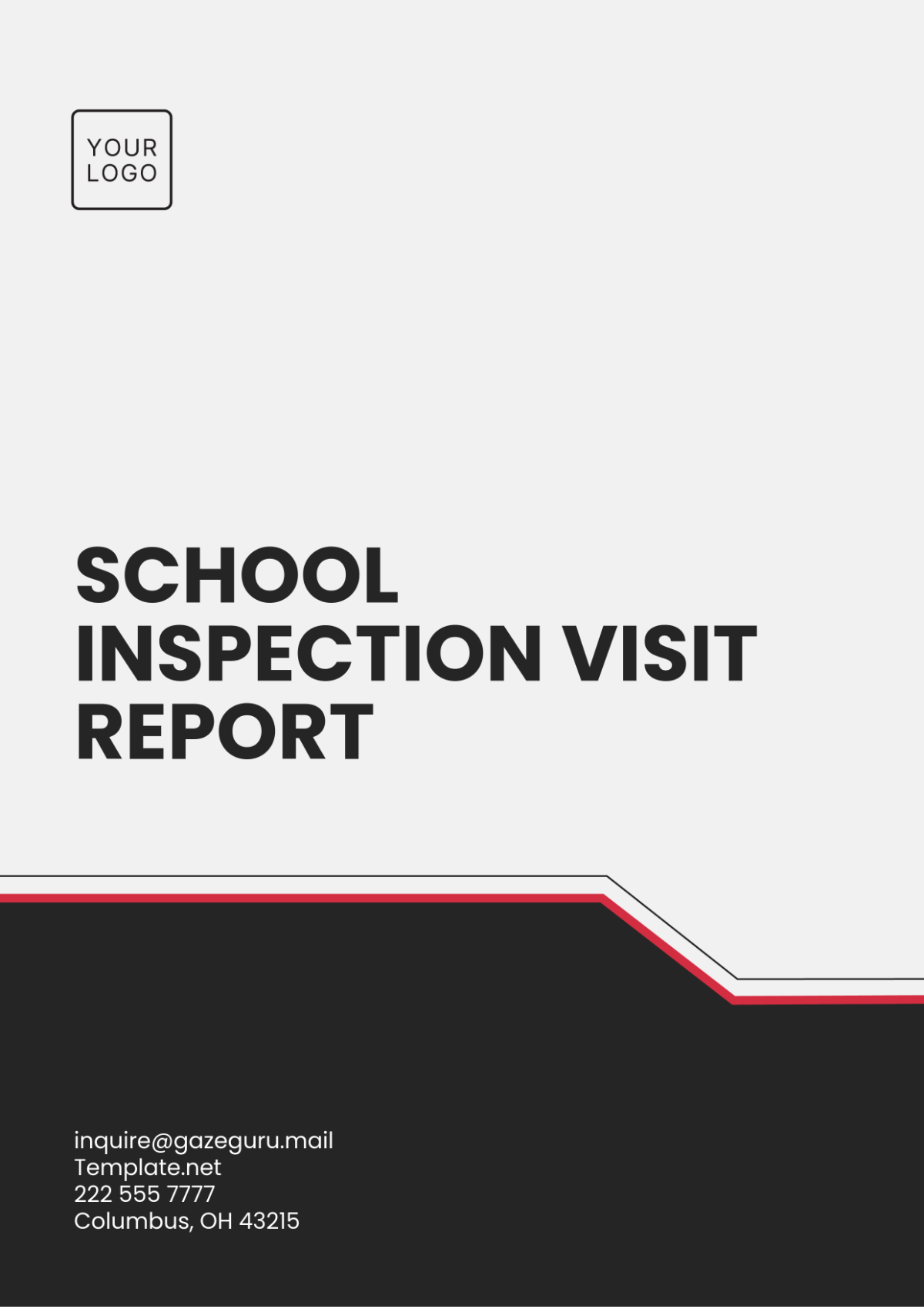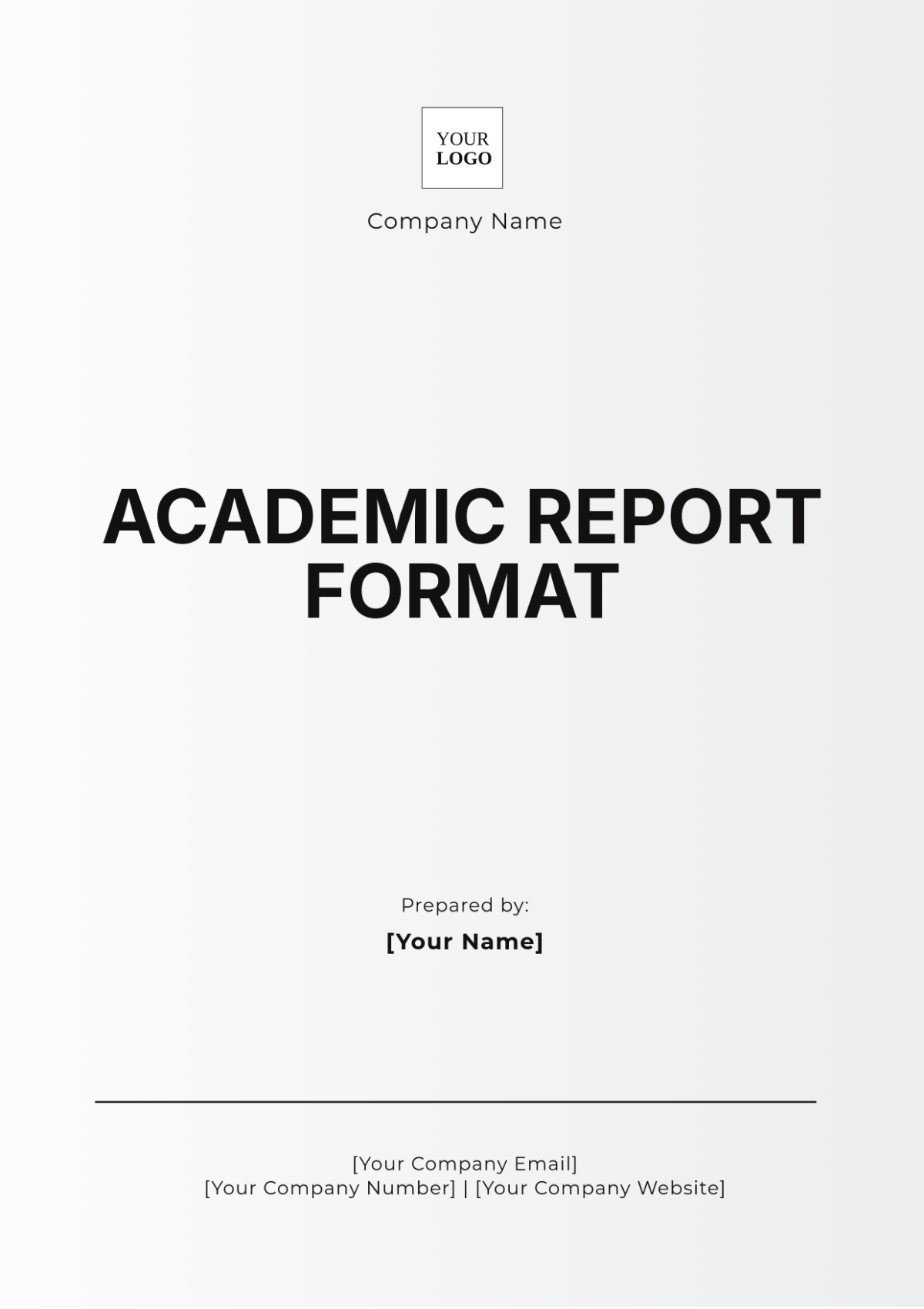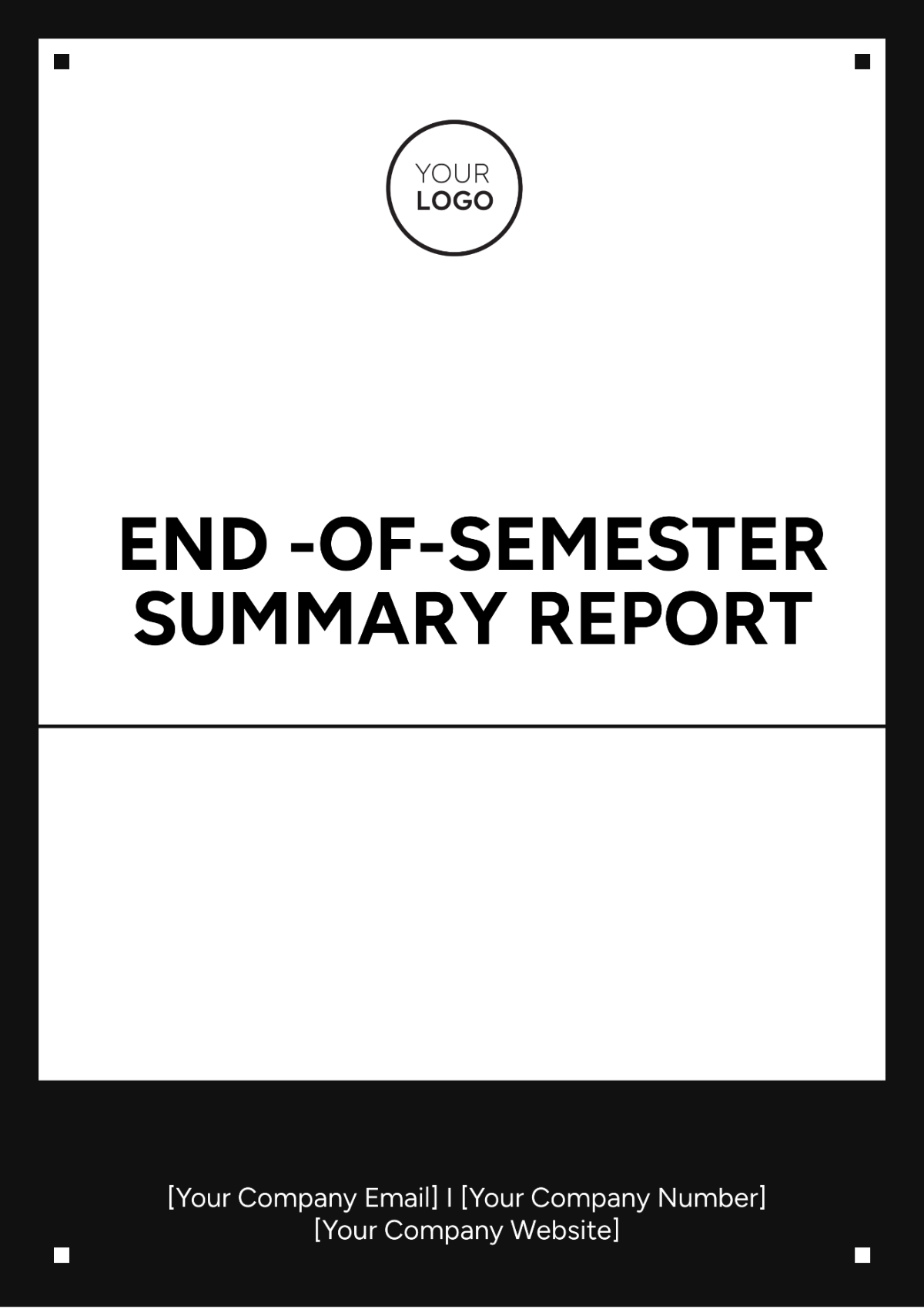Student Weekly Behaviour Report
Overview
Student Name: [STUDENT NAME]
Grade: [GRADE LEVEL]
Date Range: [START DATE] to [END DATE]
I. Introduction
The [INSTITUTION NAME] Student Weekly Behavior Report aims to provide a comprehensive overview of [STUDENT NAME]'s behavior and performance during the past week. This report serves as a tool for communication between [INSTITUTION NAME] and [PARENT/GUARDIAN NAME], fostering a collaborative approach to supporting the student's academic and behavioral development.
Overview
Student Name: [STUDENT NAME]
Grade: [GRADE LEVEL]
Date Range: [START DATE] to [END DATE]
Key Objectives
Monitor Behavior: Track behavioral patterns and identify areas for improvement.
Recognize Achievements: Highlight positive behaviors and accomplishments.
Facilitate Communication: Foster dialogue between school and home regarding the student's progress.
II. Behavior Summary
Attendance
[STUDENT NAME] demonstrated [ATTENDANCE STATUS] attendance throughout the week.
Classroom Behavior
Positive Behaviors
Actively participated in class discussions.
Demonstrated respect towards peers and teachers.
Areas for Improvement
Disruption during group activities.
Incomplete assignments.
Extra-Curricular Activities
[STUDENT NAME] actively engaged in [NUMBER] extra-curricular activities, including:
Sports
Clubs
Volunteer Work
III. Academic Progress
Grades
[STUDENT NAME] achieved the following grades:
[GRADE] - [SUBJECT]
[GRADE] - [SUBJECT]
[GRADE] - [SUBJECT]
[GRADE] - [SUBJECT]
Teacher Comments
[TEACHER'S NAME] provided the following feedback:
Strengths: [POSITIVE FEEDBACK]
Areas for Improvement: [CONSTRUCTIVE FEEDBACK]
IV. Goals and Action Plan
Goals for Next Week
Improve focus during class activities.
Complete assignments on time.
Increase participation in extra-curricular activities.
Action Plan
Parent/Guardian Involvement: Encourage [PARENT/GUARDIAN NAME] to reinforce positive behaviors at home.
Teacher Support: Collaborate with teachers to implement strategies for improvement.
Student Engagement: Engage [STUDENT NAME] in setting and achieving behavioral and academic goals.
V. Weekly Progress Chart
Below is a visual representation of [STUDENT NAME]'s weekly progress:
Date | Attendance | Classroom Behavior | Extra-Curricular Activities |
|---|---|---|---|
[DATE 1] | [STATUS] | [BEHAVIOR] | [ACTIVITY] |
[DATE 2] | [STATUS] | [BEHAVIOR] | [ACTIVITY] |
[DATE 3] | [STATUS] | [BEHAVIOR] | [ACTIVITY] |
[DATE 4] | [STATUS] | [BEHAVIOR] | [ACTIVITY] |
[DATE 5] | [STATUS] | [BEHAVIOR] | [ACTIVITY] |
[DATE 6] | [STATUS] | [BEHAVIOR] | [ACTIVITY] |
[DATE 7] | [STATUS] | [BEHAVIOR] | [ACTIVITY] |
VI. Recommendations
For Parents/Guardians
Encourage [STUDENT NAME] to maintain consistent attendance.
Support [STUDENT NAME] in completing assignments and staying organized.
Communicate regularly with teachers regarding [STUDENT NAME]'s progress and challenges.
For Teachers
Provide clear instructions and expectations for classroom behavior.
Offer additional support and resources to help [STUDENT NAME] succeed academically.
Collaborate with [PARENT/GUARDIAN NAME] to create a unified approach to supporting [STUDENT NAME].
VII. Contact Information
For any questions or further discussion, please contact:
[TEACHER'S NAME], [POSITION]: [TEACHER'S EMAIL], [TEACHER'S PHONE NUMBER]
[PRINCIPAL'S NAME], Principal: [PRINCIPAL'S EMAIL], [PRINCIPAL'S PHONE NUMBER]
Thank you for your attention to [STUDENT NAME]'s weekly behavior report. We look forward to continued collaboration in supporting [STUDENT NAME]'s growth and success.
VIII. Key Findings
Attendance
[STUDENT NAME] maintained consistent attendance throughout the week, indicating a positive commitment to their education.
Classroom Behavior
Despite displaying some disruptive behaviors during group activities, [STUDENT NAME] consistently showed respect towards peers and teachers in classroom interactions.
Extra-Curricular Activities
Engagement in extra-curricular activities has been significant, demonstrating [STUDENT NAME]'s involvement beyond academics and potential for holistic development.
Academic Progress
[STUDENT NAME]'s grades in various subjects indicate a balanced performance, suggesting areas of strength and areas for improvement.
Teacher Feedback
[TEACHER'S NAME]'s feedback highlights specific strengths and areas for improvement, providing valuable insights for targeted intervention and support.
IX. Methodology
The key findings presented in this report were gathered through a combination of methods, including:
Observation: Teachers and staff observed [STUDENT NAME]'s behavior and engagement in various settings such as classrooms and extra-curricular activities.
Assessment: Academic performance was assessed based on grades achieved in different subjects.
Feedback: Input from teachers, parents, and guardians provided valuable insights into [STUDENT NAME]'s behavior and progress.
Data Analysis: Data on attendance, behavior, and academic performance were analyzed to identify trends and patterns.
X. Conclusion
The collaboration between [INSTITUTION NAME] and [PARENT/GUARDIAN NAME] is essential for [STUDENT NAME]'s success. By addressing both strengths and areas for improvement, we can work together to create a supportive environment that promotes academic achievement and positive behavior. Thank you for your continued partnership in [STUDENT NAME]'s education journey.
